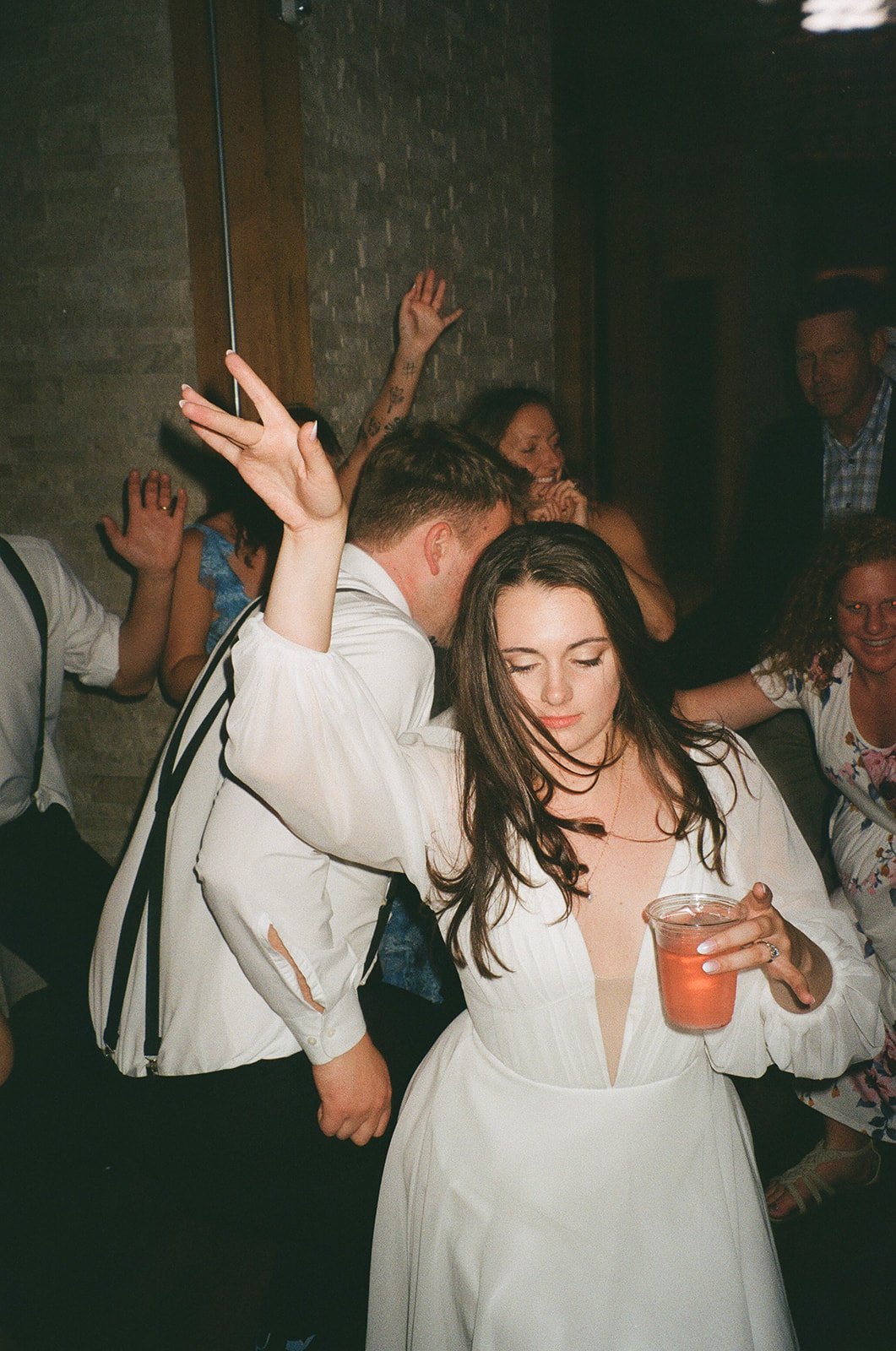Table of contents
- Why I Still Shoot 35mm Film in a Digital Age
- What Film Teaches Me Every Time I Shoot
- What’s Hybrid Wedding Photography?
- When Do You Shoot Digital And When Do You Shoot Film?
- Digital vs Film Wedding Photo Examples
- Do You Edit Your Film?
- What Will a Low Light Reception Look Like on Film?
- What Film Gear Are You Pulling Up With?
- Frequently Asked Questions
- What Does a Film Wedding Photography Investment with Bri Include?


Why I Still Shoot 35mm Film in a Digital Age
Being a film wedding photographer in a digital world raises a few eyebrows. People assume it’s hipster or just about the “aesthetic.” But film wedding photography isn’t a trend for me—it’s a practice, a process, and a choice I keep making for reasons far deeper than nostalgia.
I grew up at the turn of two centuries, so I started using 35mm film as a kid, then Hi8 camcorders, and eventually modern digital cameras. Through it all, I always came back to film. I loved using it to document my own life. The process was slower, and there were fewer photos. But somehow, more of them felt like keepers. The images were naturally beautiful, with richer color and an honest feel. Like something I’d want to hold onto alongside my family’s old slides.
I started shooting film professionally in 2020, and the more I shared it with clients, the more we all fell in love with it—me, my couples, their families. Shooting film feels like an act of love. And maybe even a little resistance. It’s choosing the slower, messier, hands-on way in a world of auto-tracking megapixel perfection.
For me, I love how it feels to slow down and make something analog with your hands, your eye, and a camera that doesn’t offer a safety net. It’s not automatic. It’s not instant. You shoot intentionally and trust.


What Film Teaches Me Every Time I Shoot
Creating an image on film is a completely different experience—it’s about composing with intention, trusting your instincts, and leaning into the unknown. There’s no screen to check. No do-overs. You get 36 frames per roll, and that’s it. You won’t know what came out until the scans come back from the lab. And honestly? I love that part. Dropping off film feels like sending a letter to your future self. The creative anticipation is half the joy.
And there’s something in that film process that quietly shifts your perspective. Film doesn’t wait for perfection. It doesn’t ask you to perform. It asks you to pause. To feel something before you press the shutter. To trust that the moment—however fleeting or however messy—is already enough.
There’s a kind of freedom in that. Like the camera is saying, I saw you. Just like that. That was enough.
And sometimes I wonder how many stories this camera saw before it ever landed in my hands. That thought alone makes the whole process feel even more meaningful.
And yeah—let’s be real. The tones are insanely good.
We’re all (not so secretly) here for that grain, those colors, that unique film rendering. It’s one of a kind. I’ve tried editing digital files to look like film, but nothing hits the same.





What’s Hybrid Wedding Photography?
Hybrid wedding photography means I shoot both film and digital throughout your wedding day. You get the best of both worlds.
Using both lets me work with the rhythm of your day. Digital is efficient and reliable but film is for the moments you want to feel twice. You’ll receive a gallery that feels complete with a mix of digital and film perfection.




When Do You Shoot Digital And When Do You Shoot Film?
I shoot both film and digital throughout the day—but how and when depends on the light, the pace, and the energy in the moment.
Digital is my go-to for anything fast-moving or unpredictable. I use it during ceremonies, first kisses, family photos, receptions. These are the moments I can’t risk missing, so I always make sure we’ve got them clean, sharp, and covered. Digital is reliable, quick, and performs better in low light or indoor situations.
Film shines—literally—in natural light. It has amazing dynamic range, which means it holds highlights and shadows beautifully, especially outdoors. It loves full sun. Where digital can sometimes blow out the whites or flatten color in harsh light, film renders it in this soft, dimensional way that just feels right.
I reach for film throughout the day—usually during portraits (especially outdoors), in the little pauses between events, or as a way to mark those important moments with something that feels more tangible. I love getting a bit of each part of your day on film. Whether it’s an emotional glance, a quiet corner, or a fleeting detail, I’m a sucker for those artistic in-betweens.
And late at night? You might catch me pulling out a film camera on the dance floor. Because film and flash at night? It’s a whole vibe. (Jump ahead to low light reception examples.)






Digital vs Film Wedding Photo Examples
I try editing digital files like film all the time—but nothing hits quite the same. There’s no simulation that can replicate the way real film renders light, color, and skin. It’s just… different.
And once you see it, you kind of can’t unsee it.
35mm Film
(left)
Digital
(right)
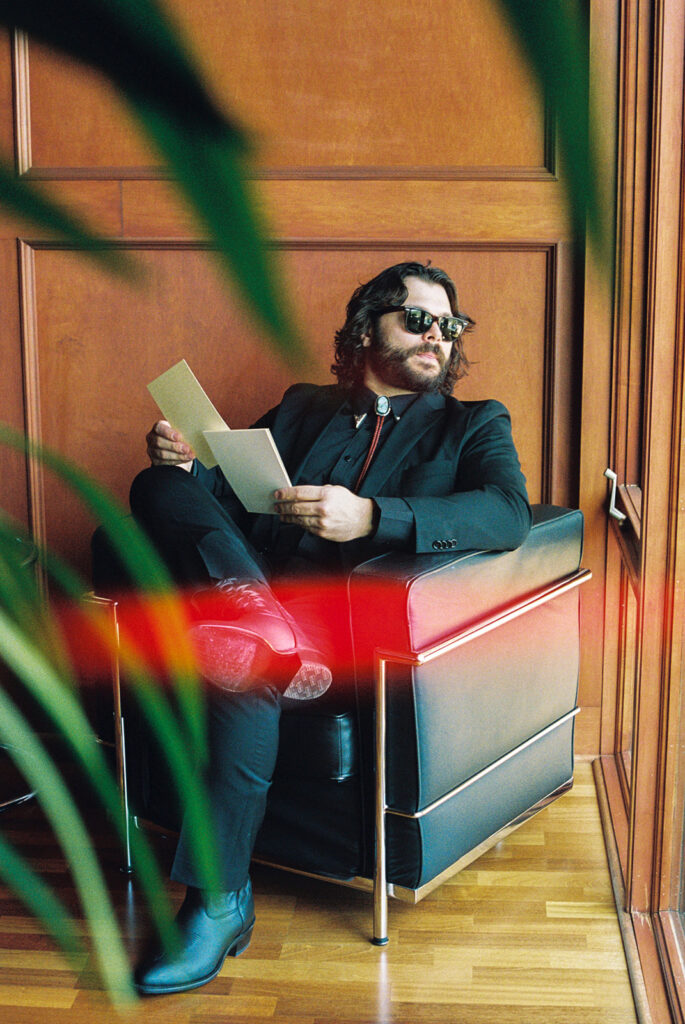
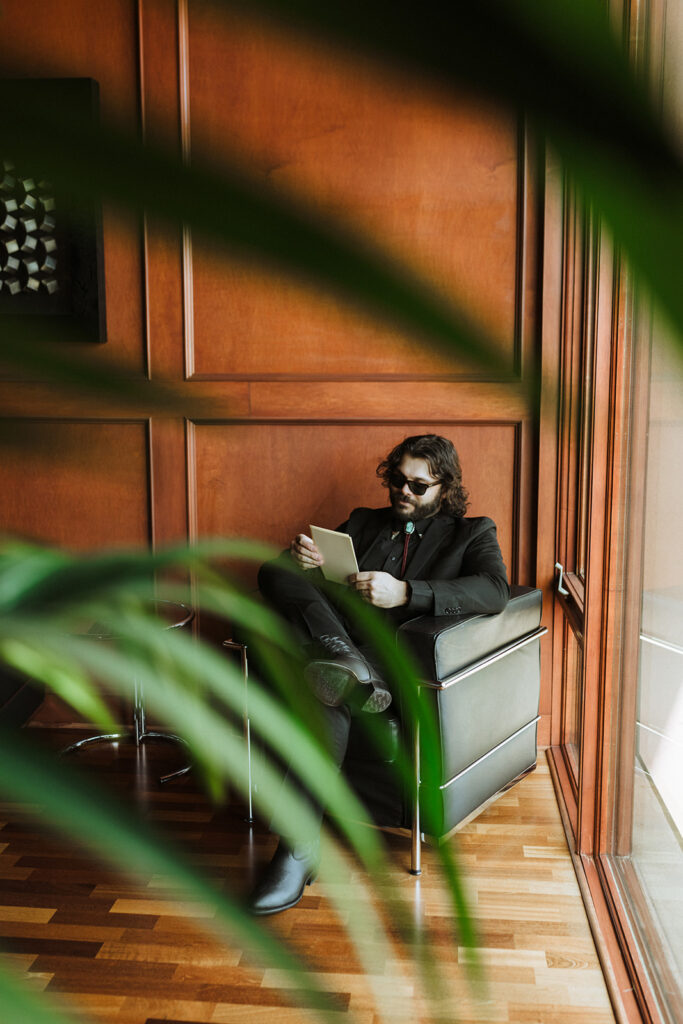
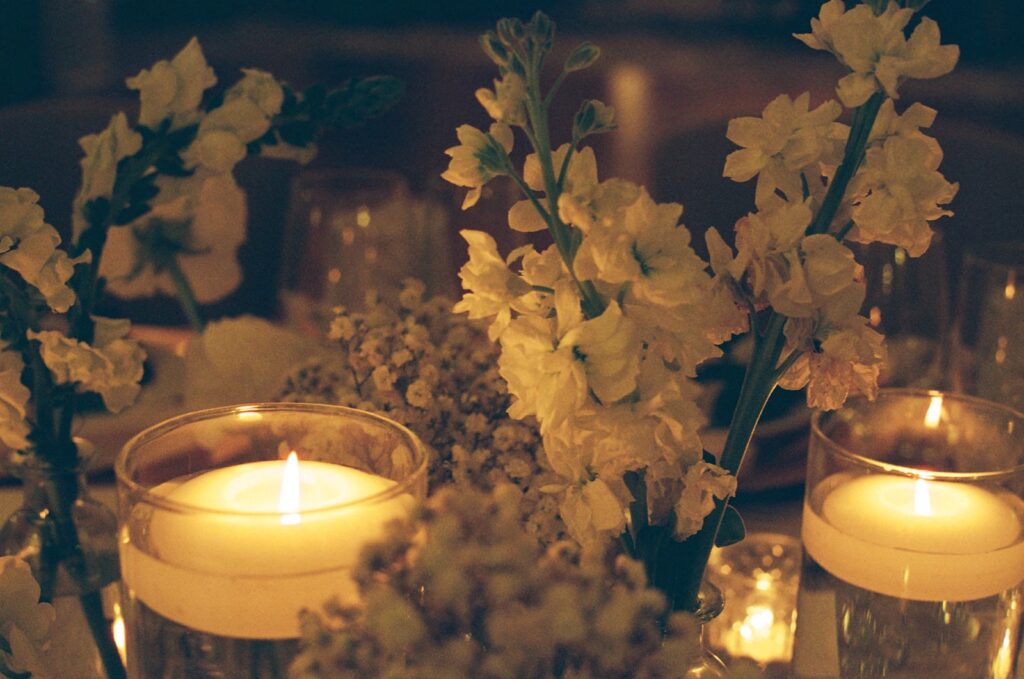
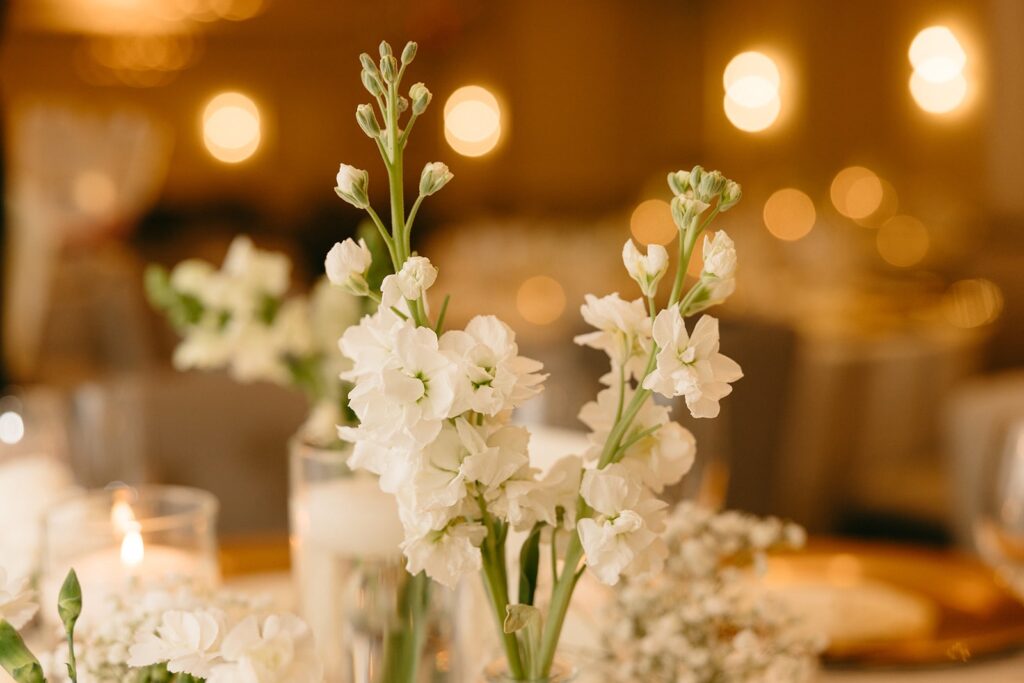
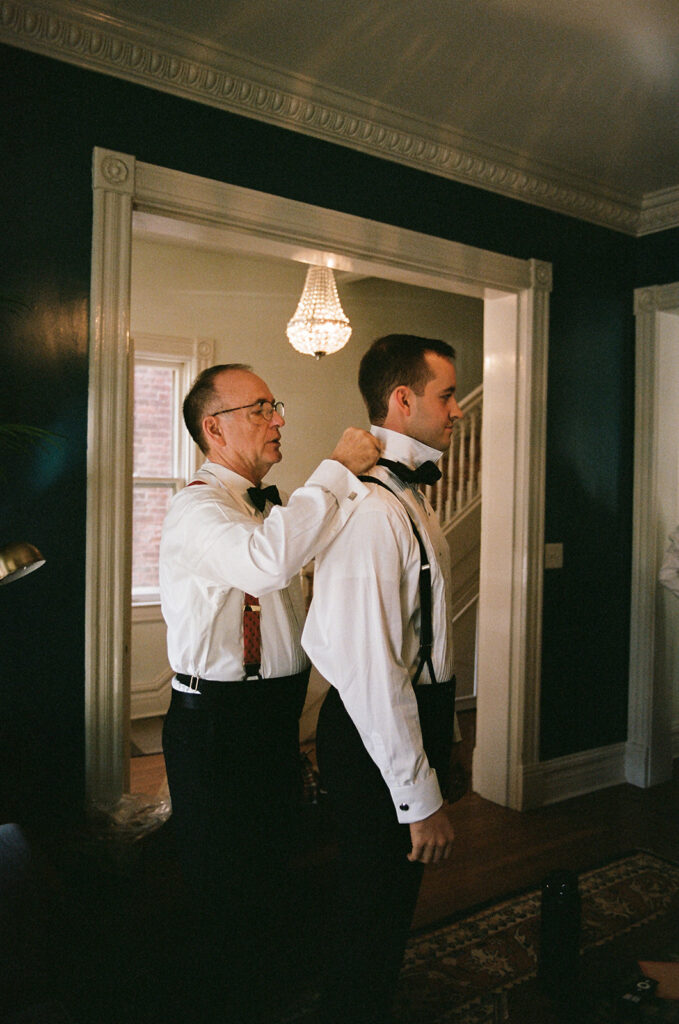
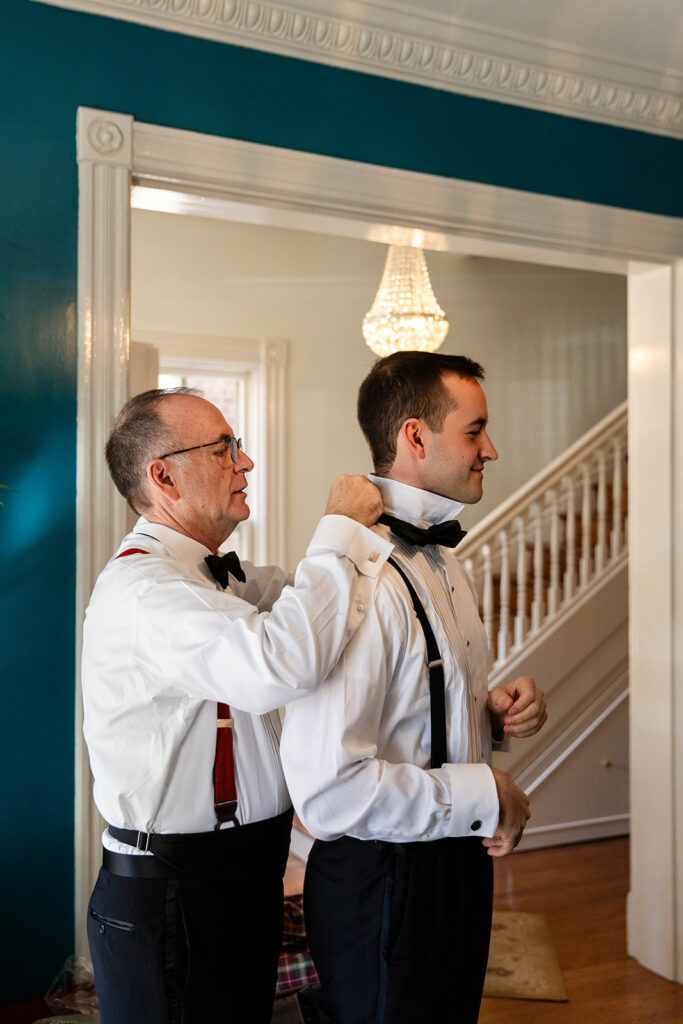
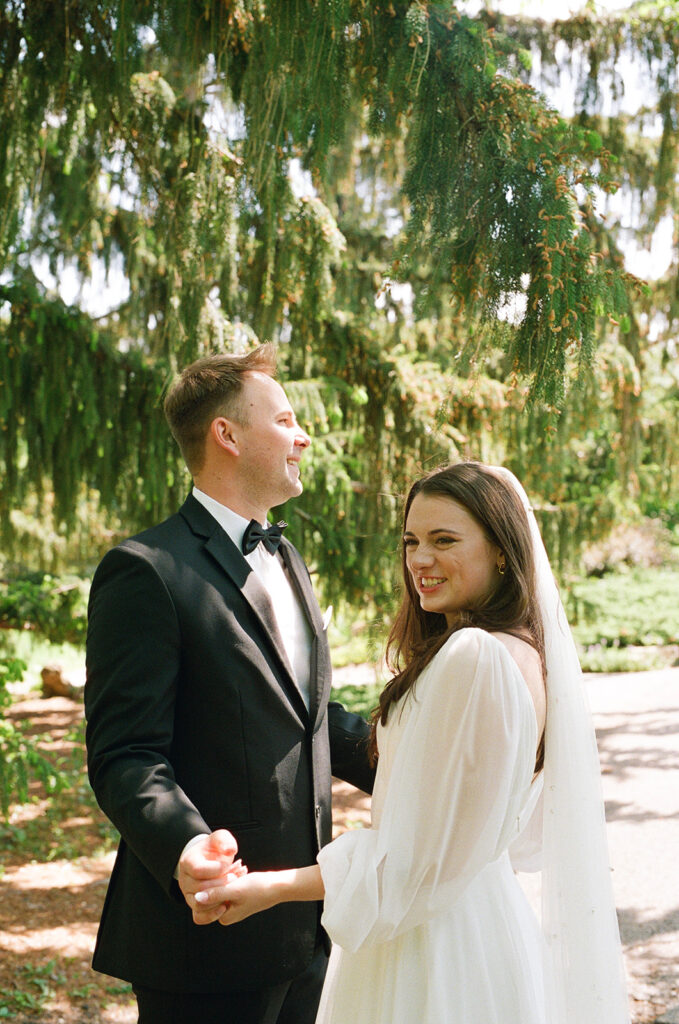
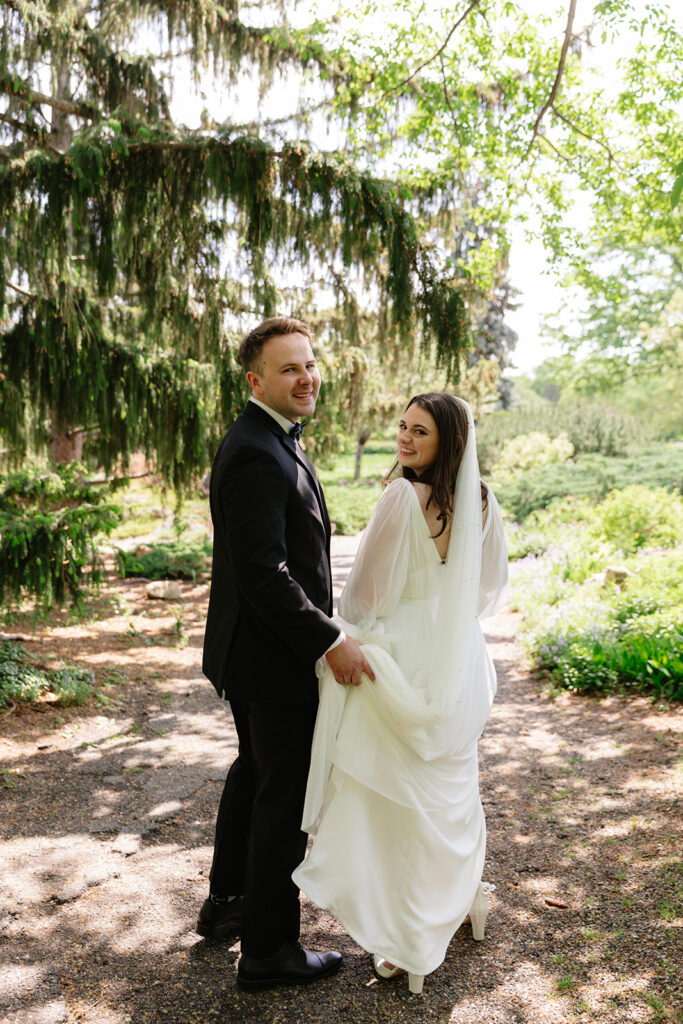
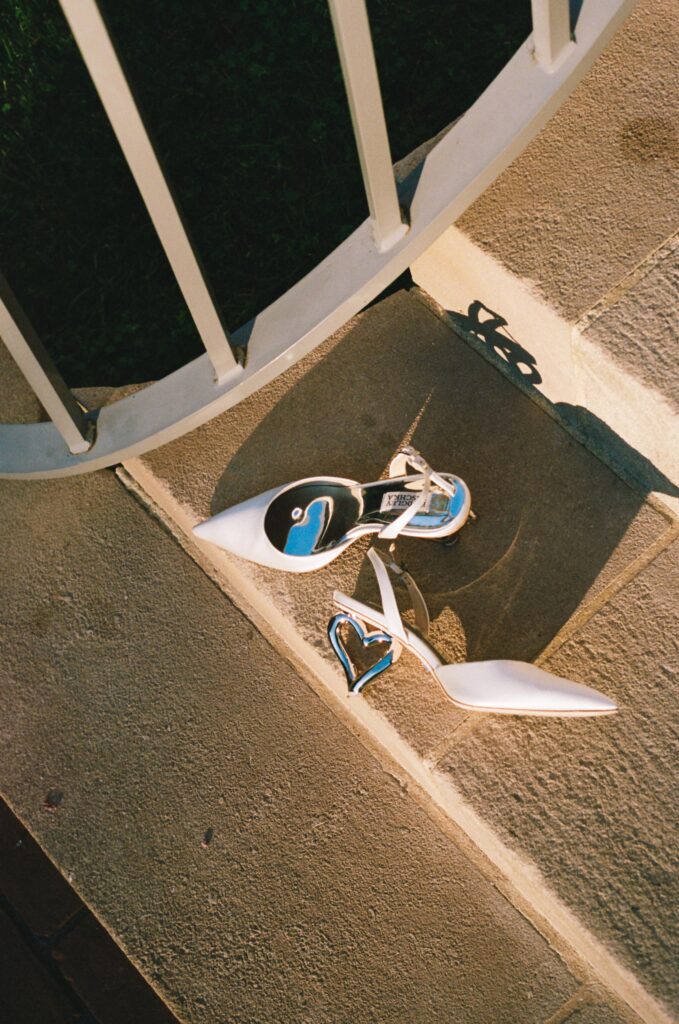
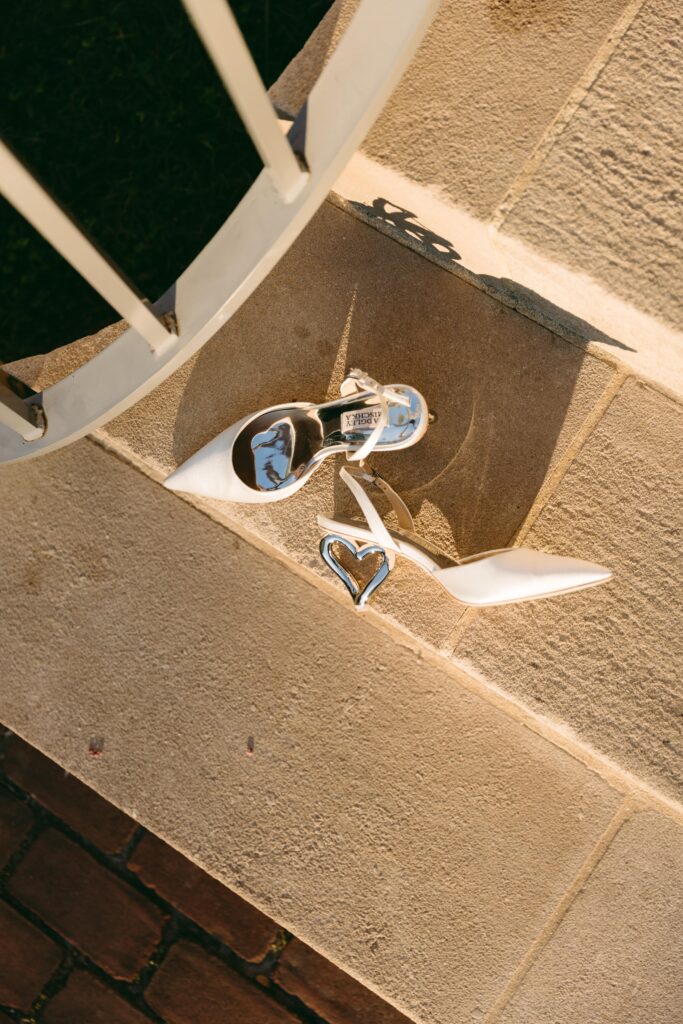
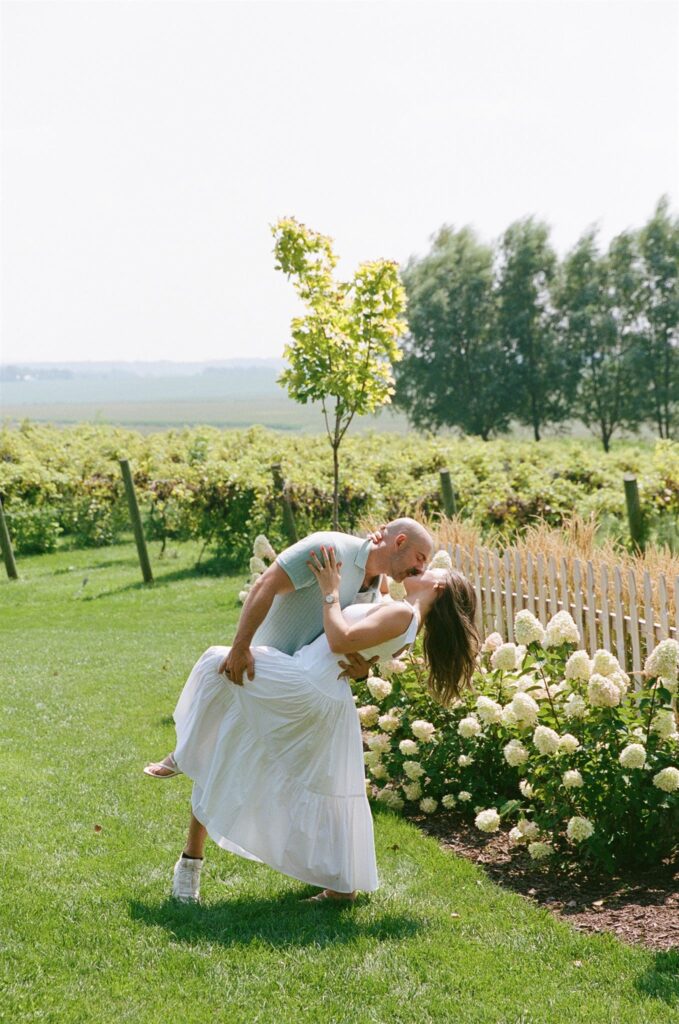
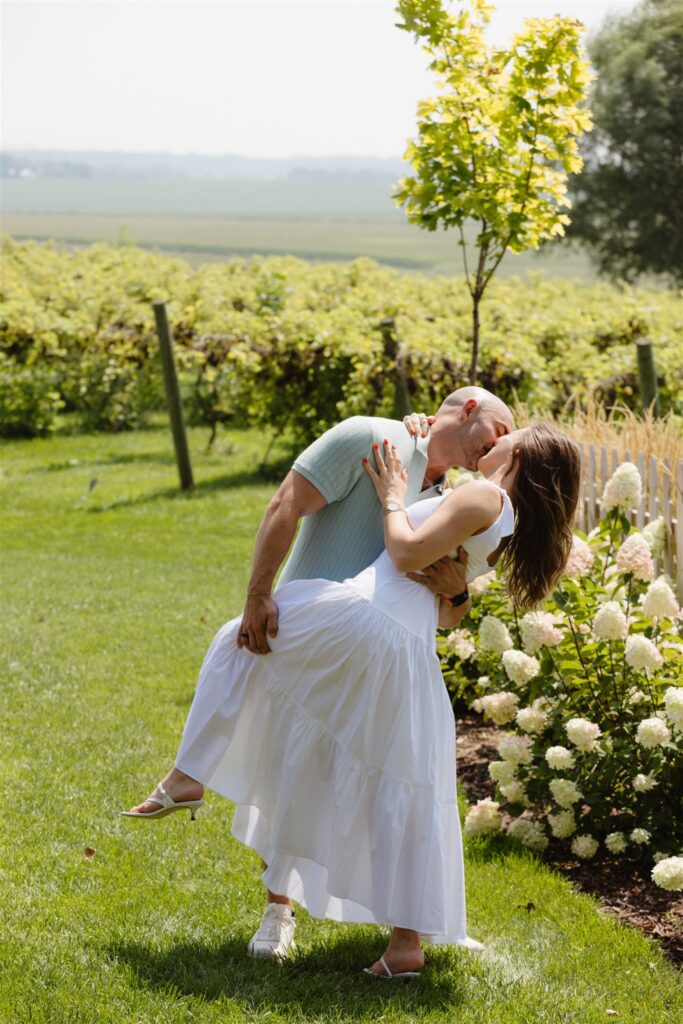
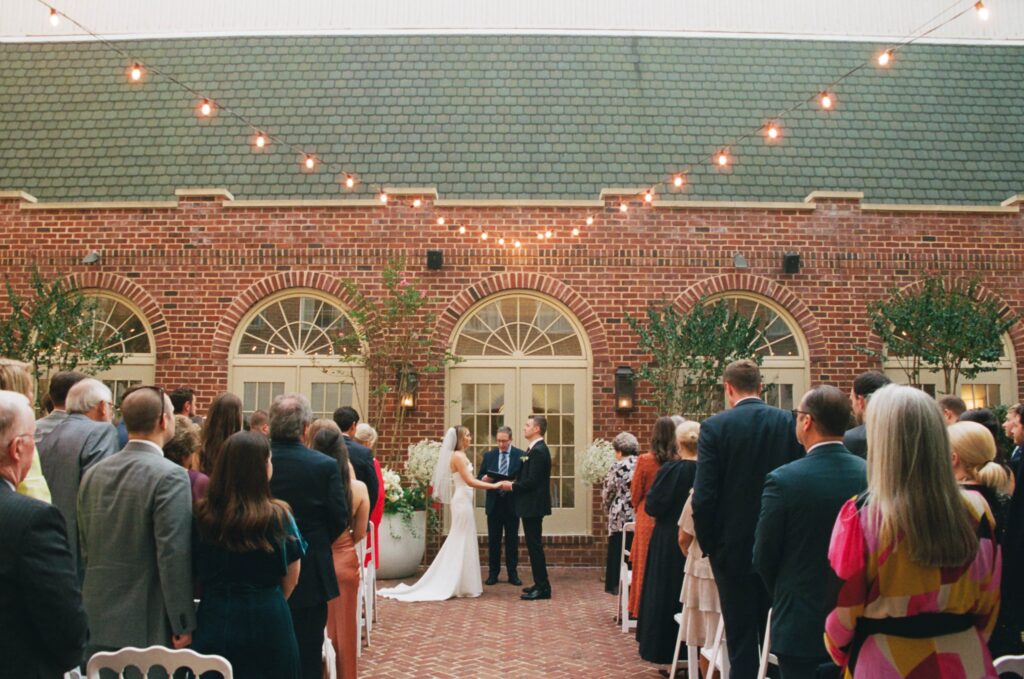
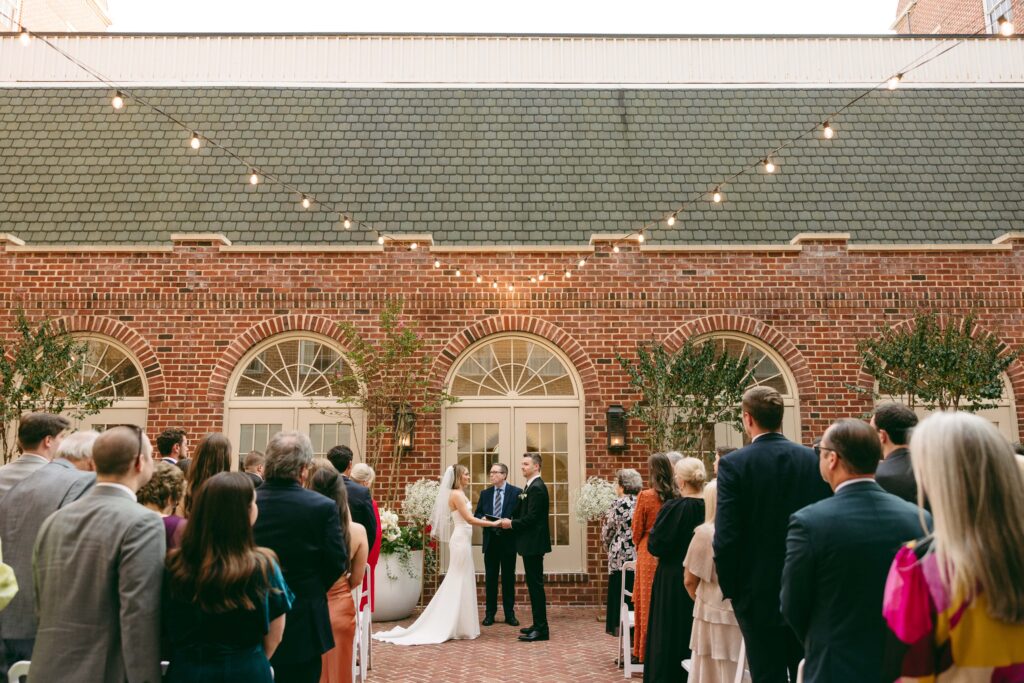
Sometimes you can’t tell the difference but it’s also because I edit my digitals like film.
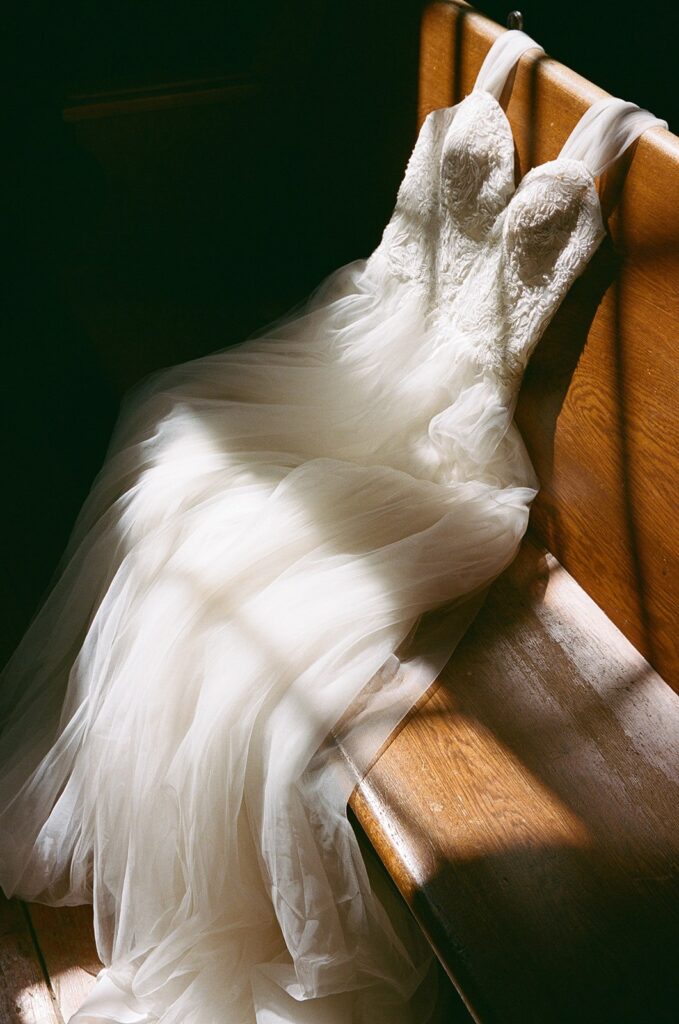
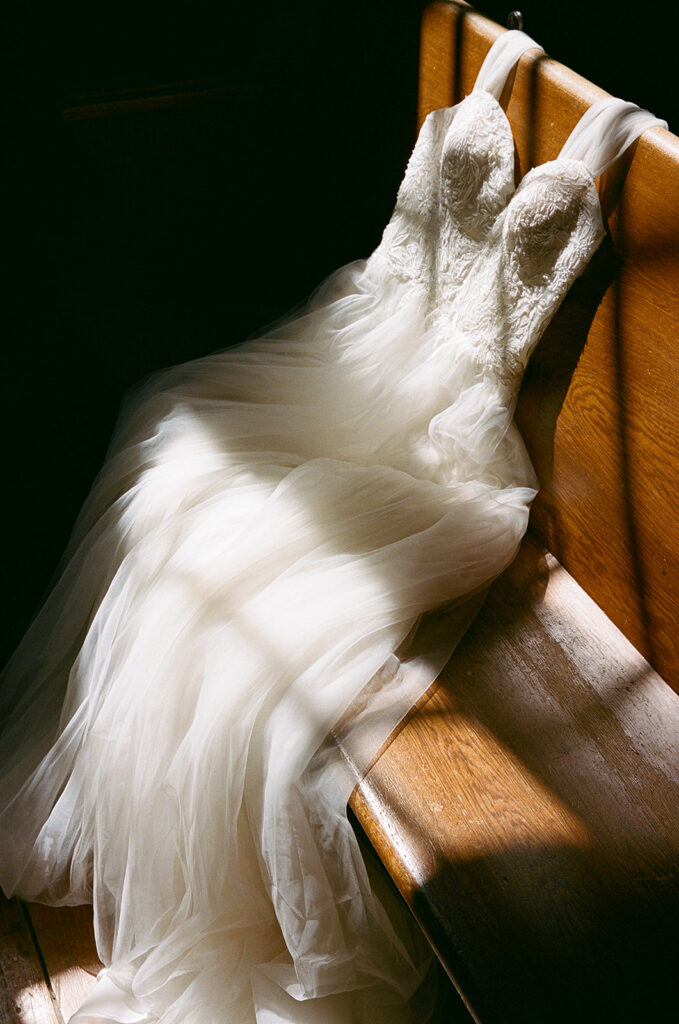
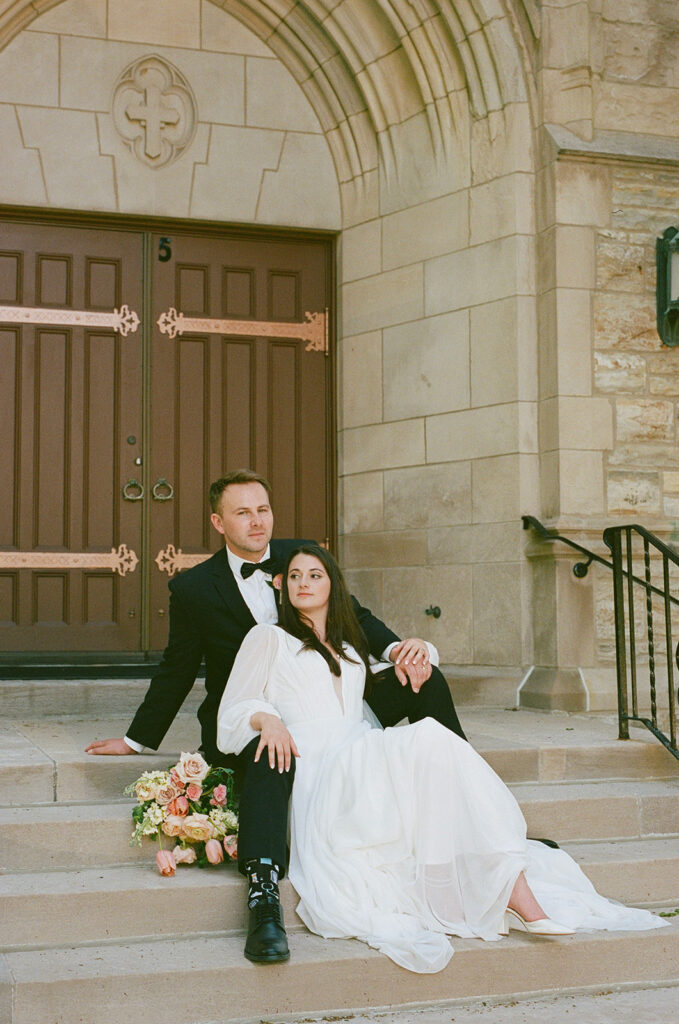
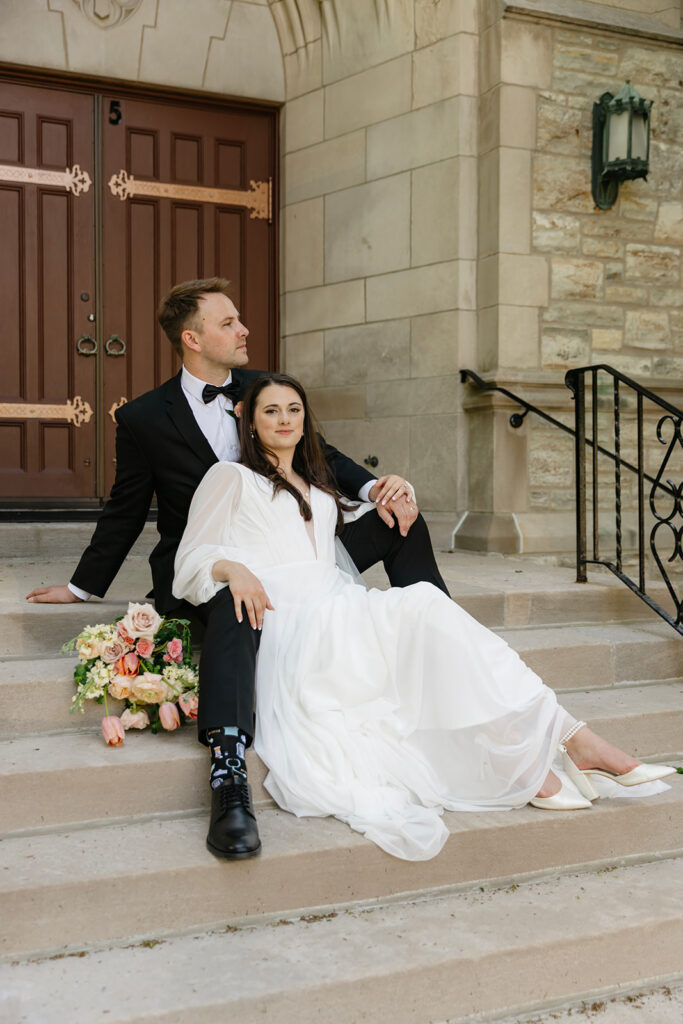
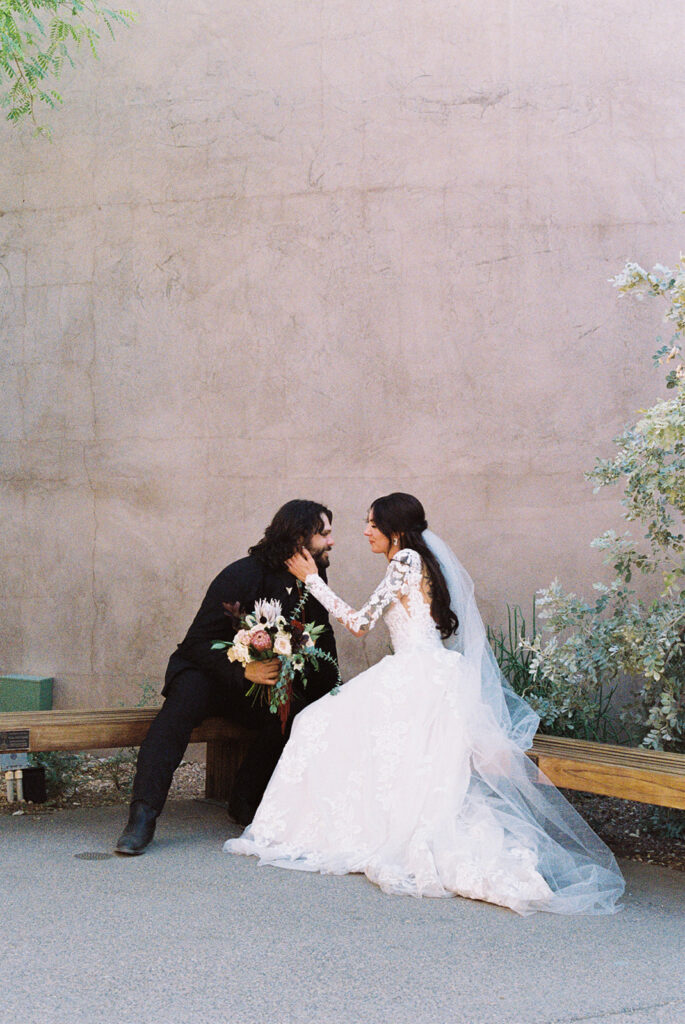
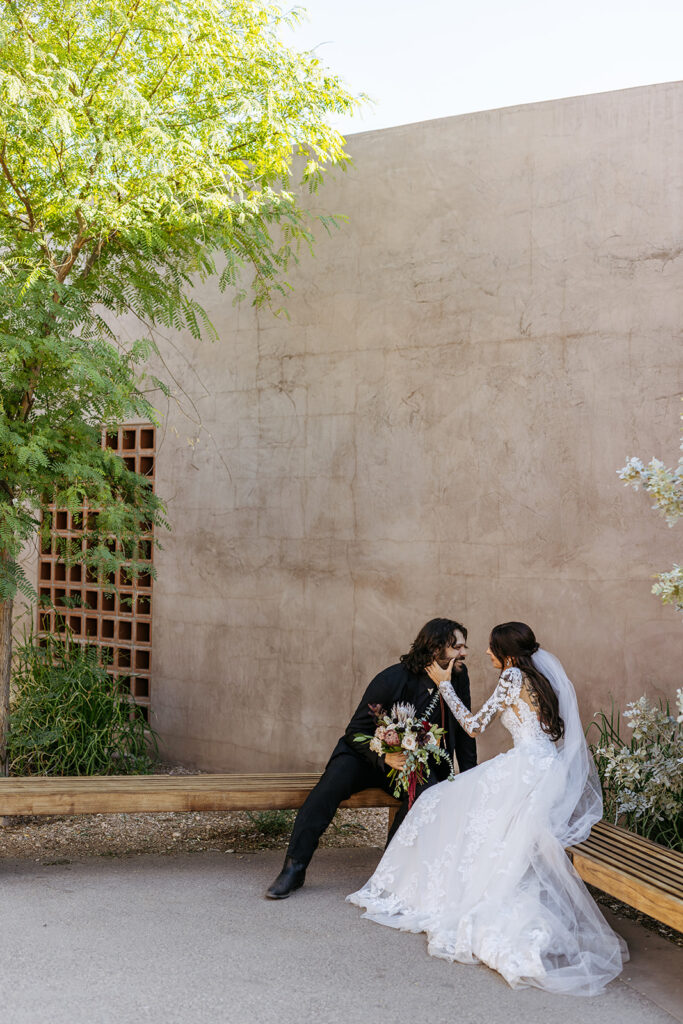
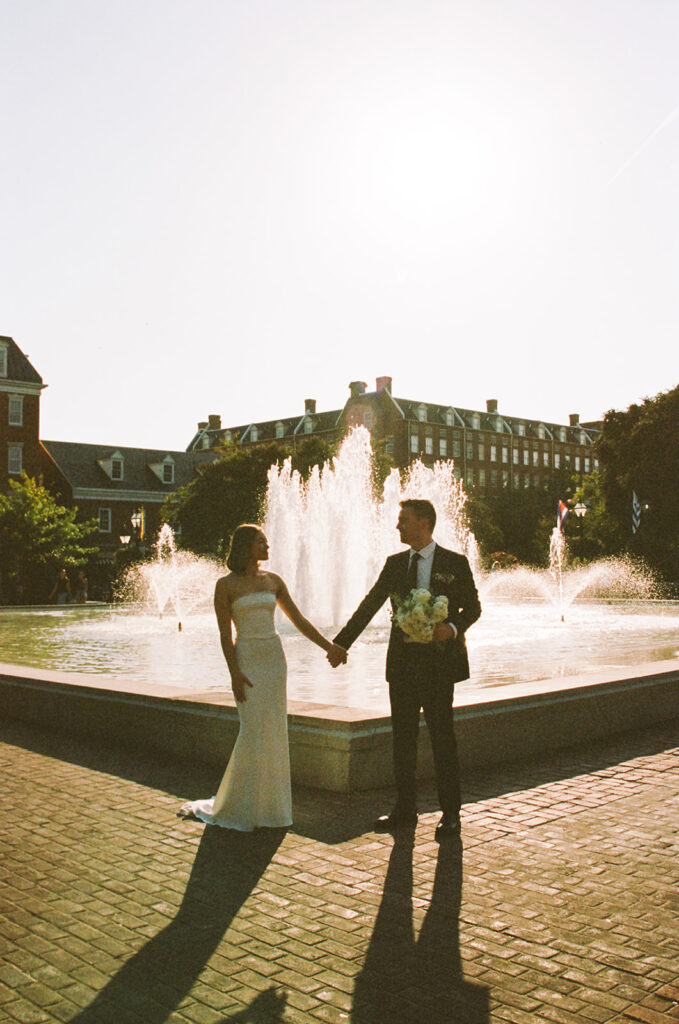
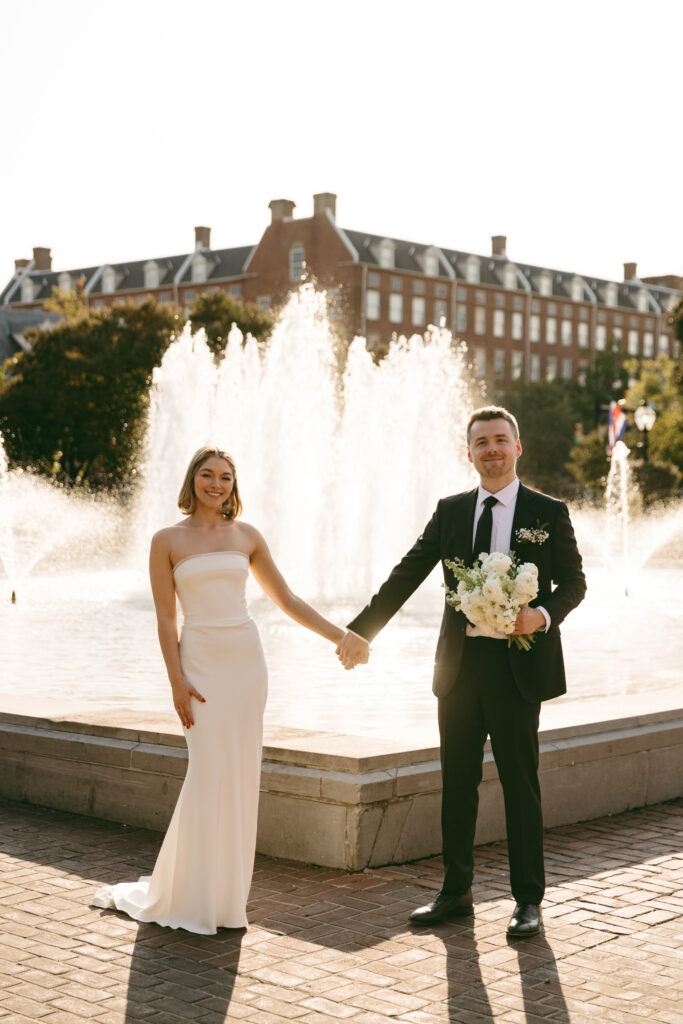
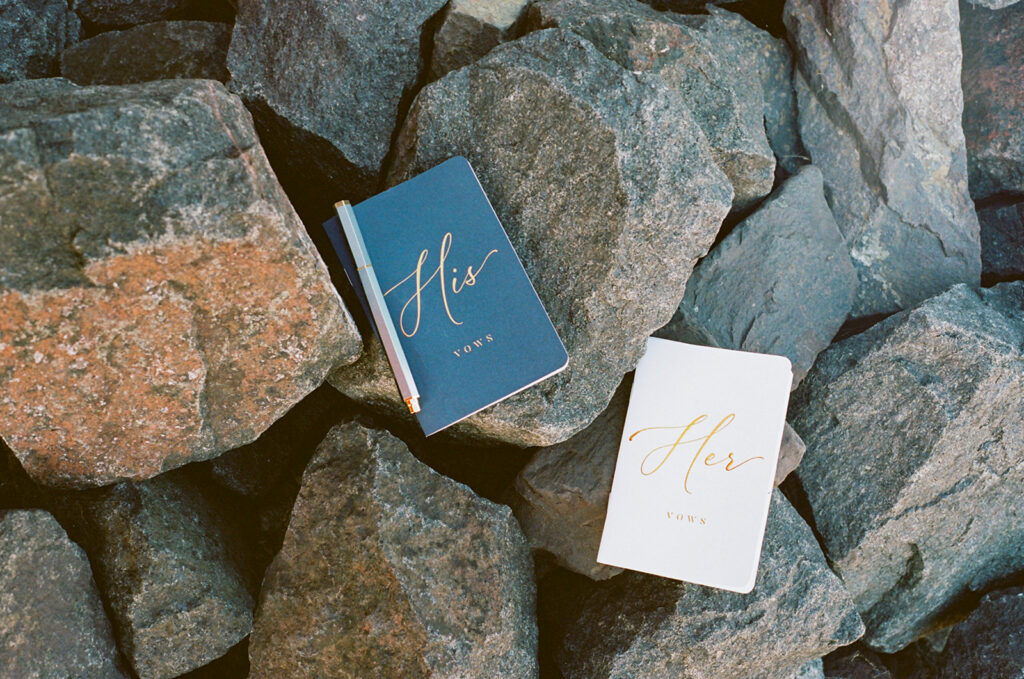
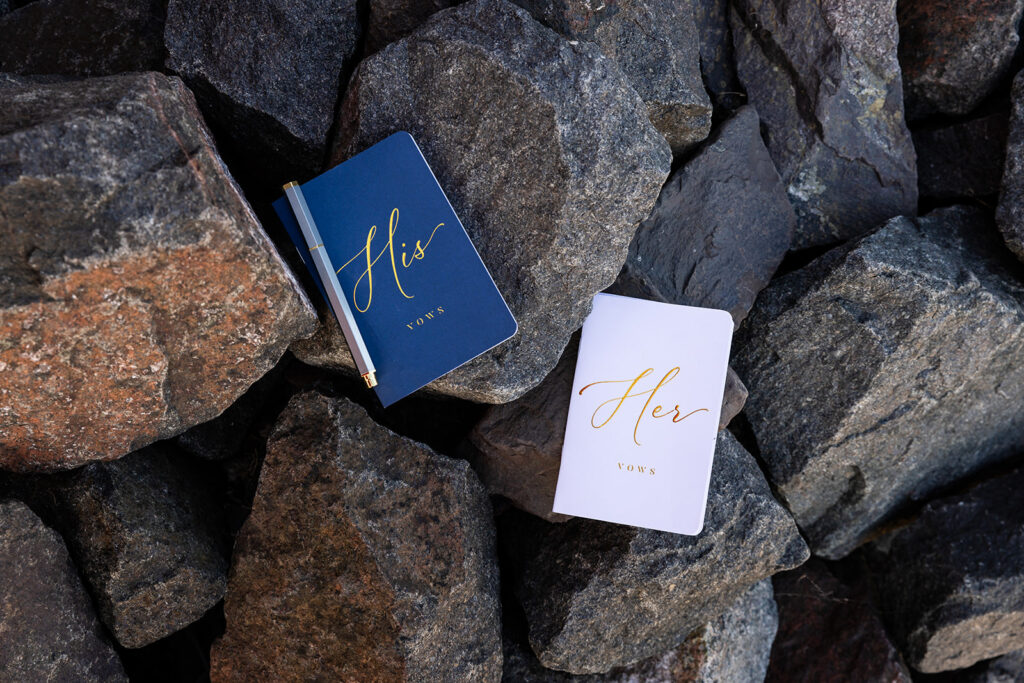
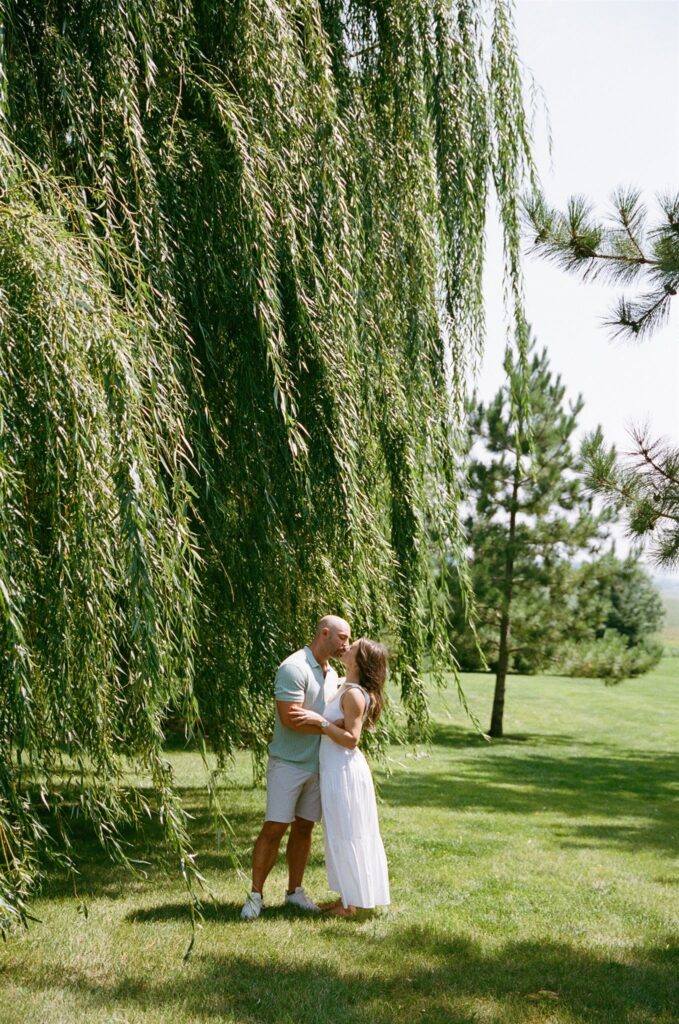
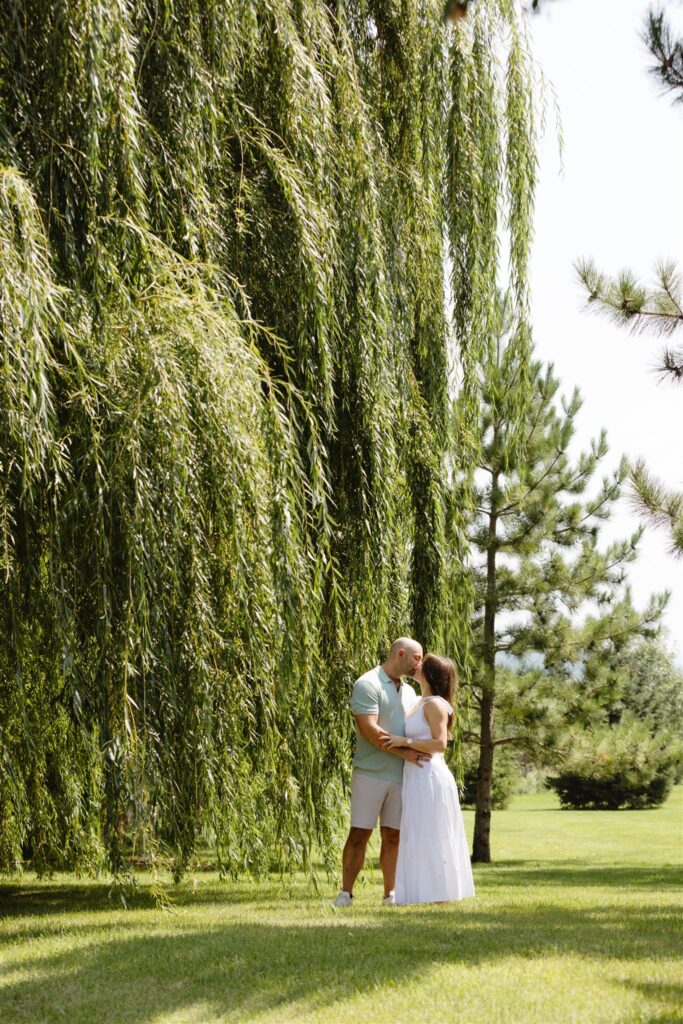

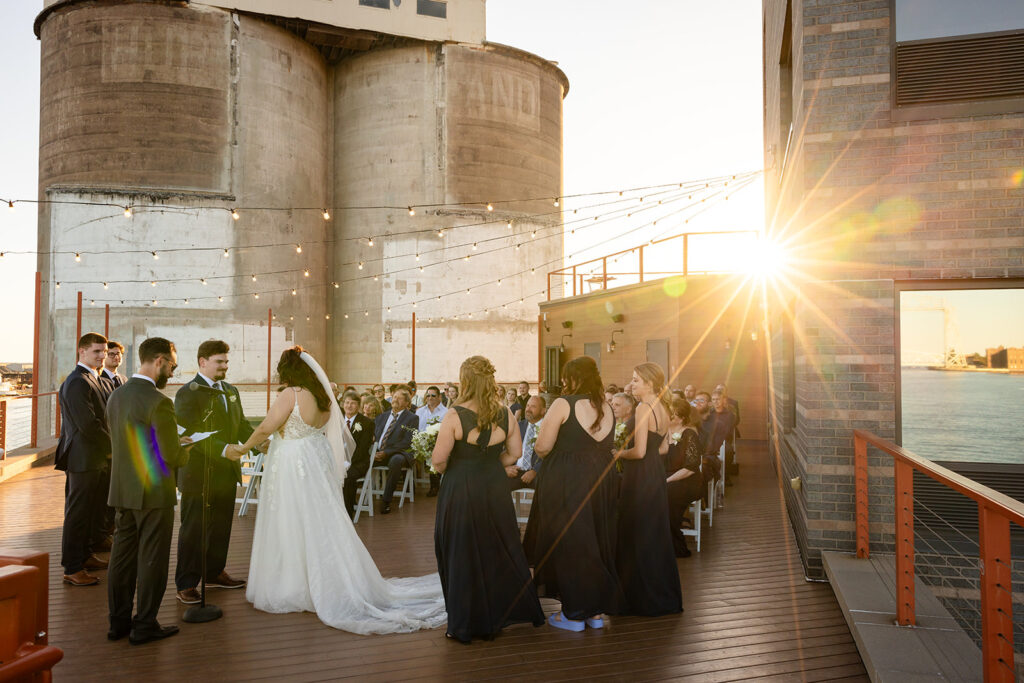
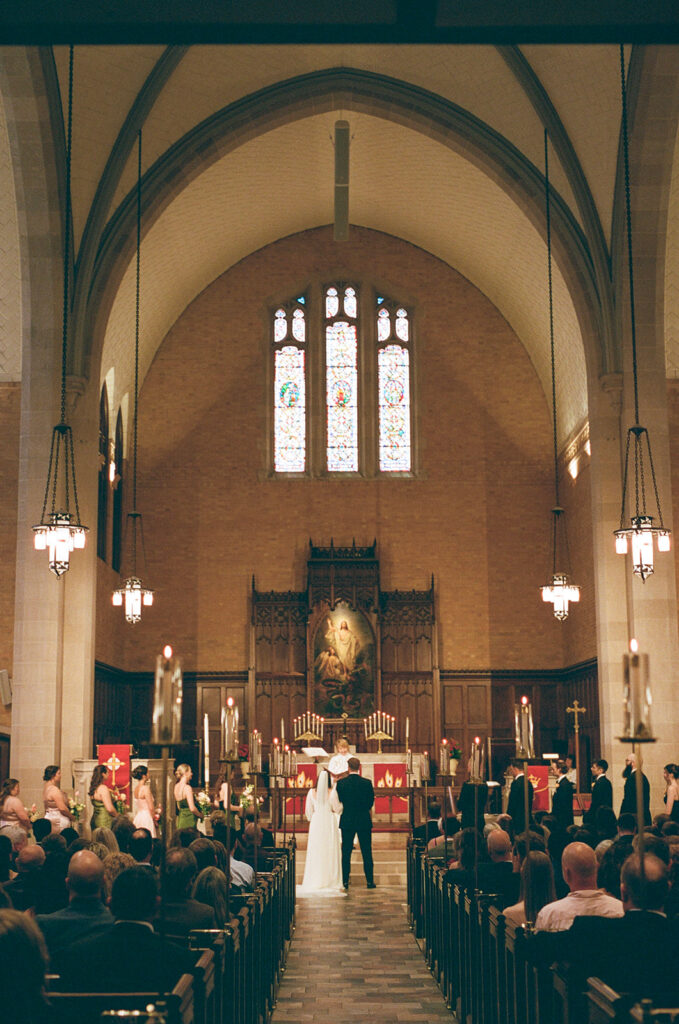
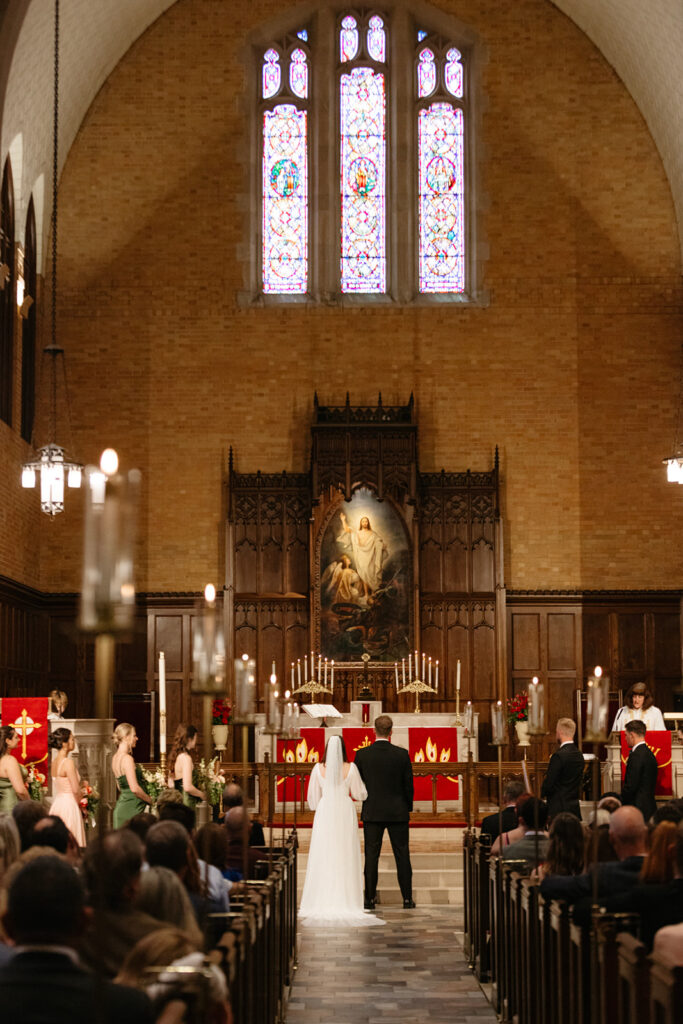
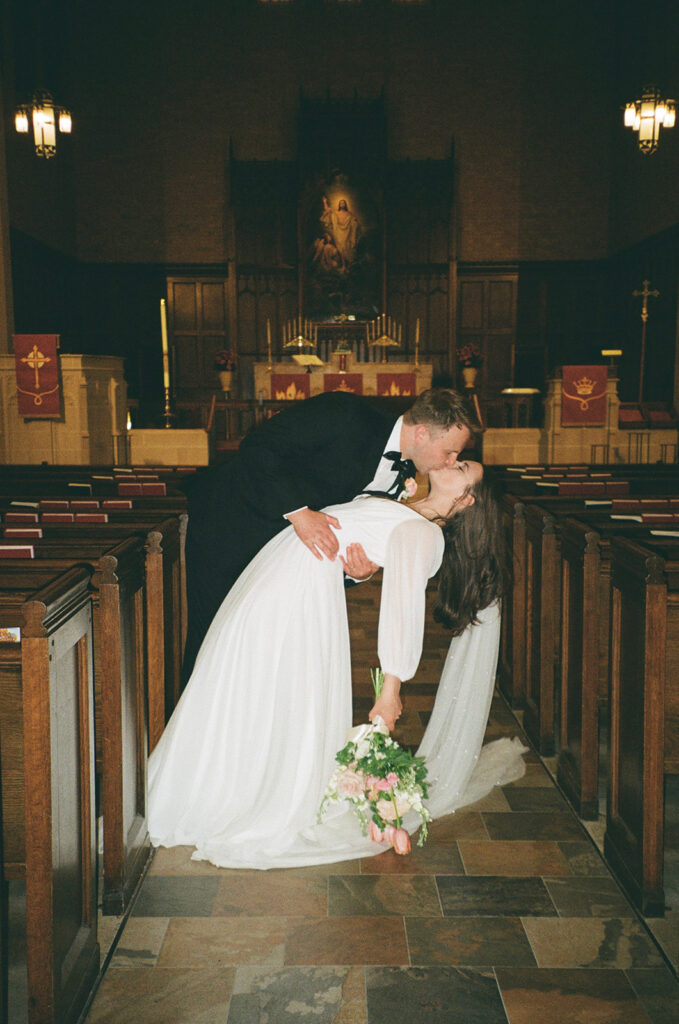
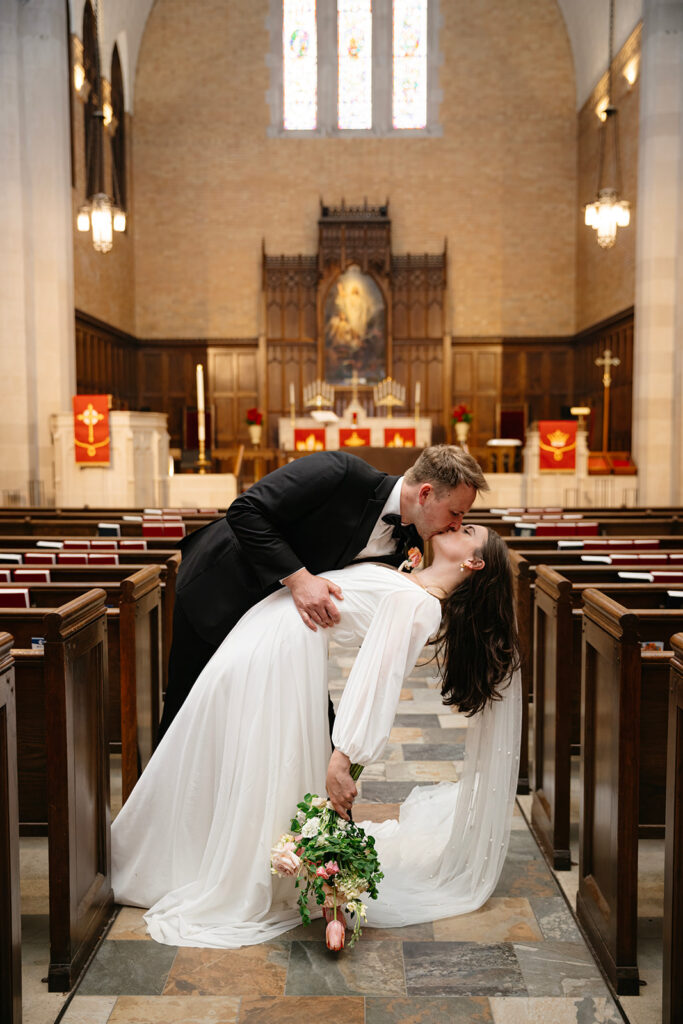
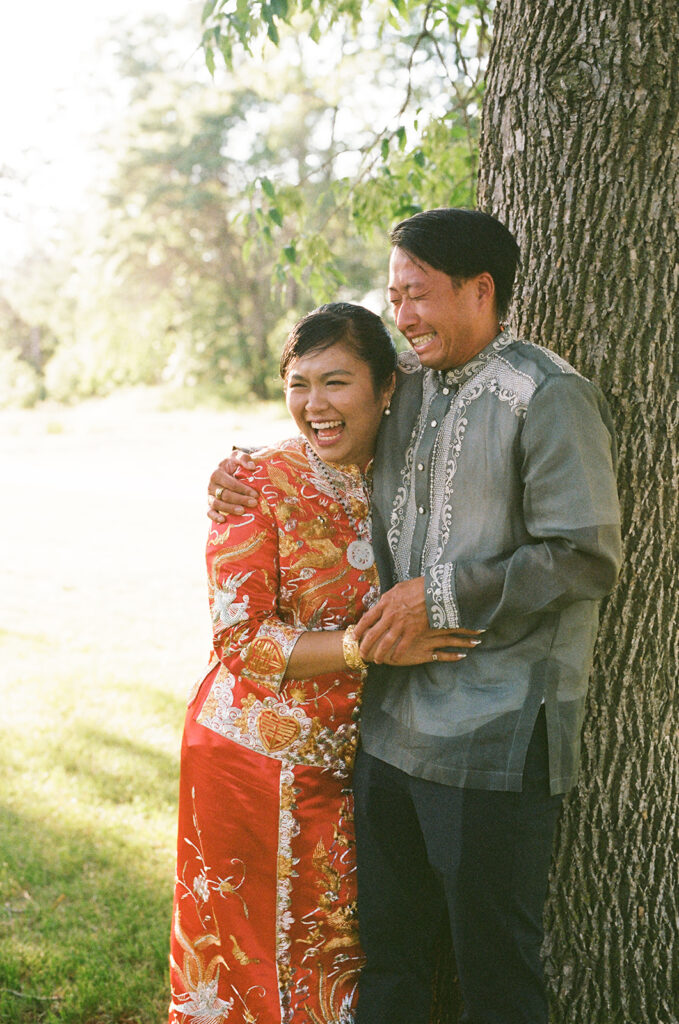
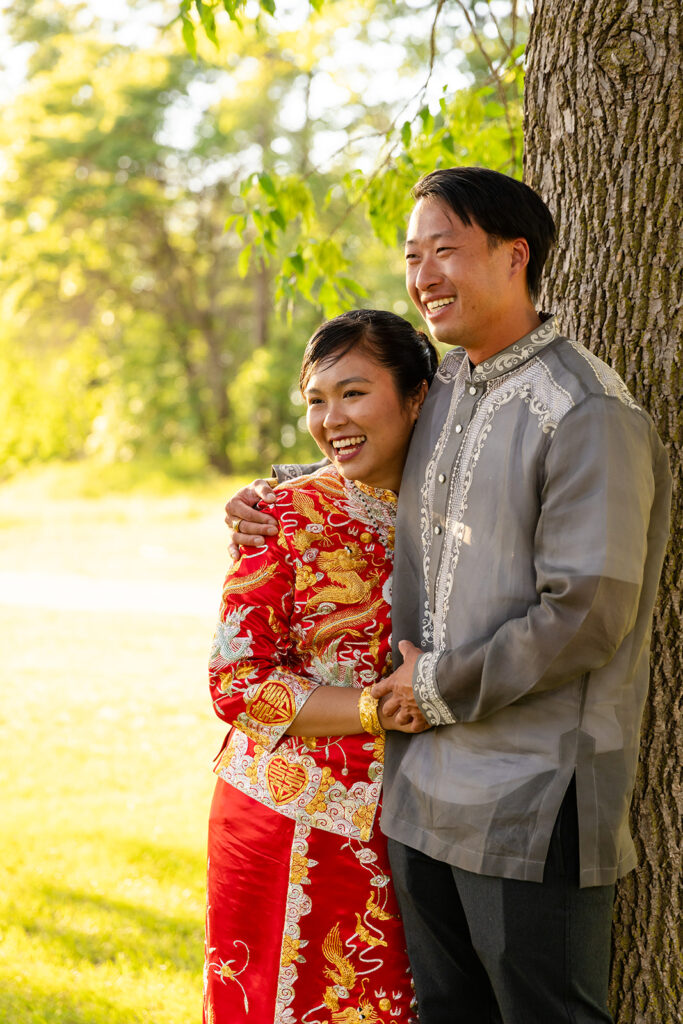
Film photos just got that oomph. Ya know?
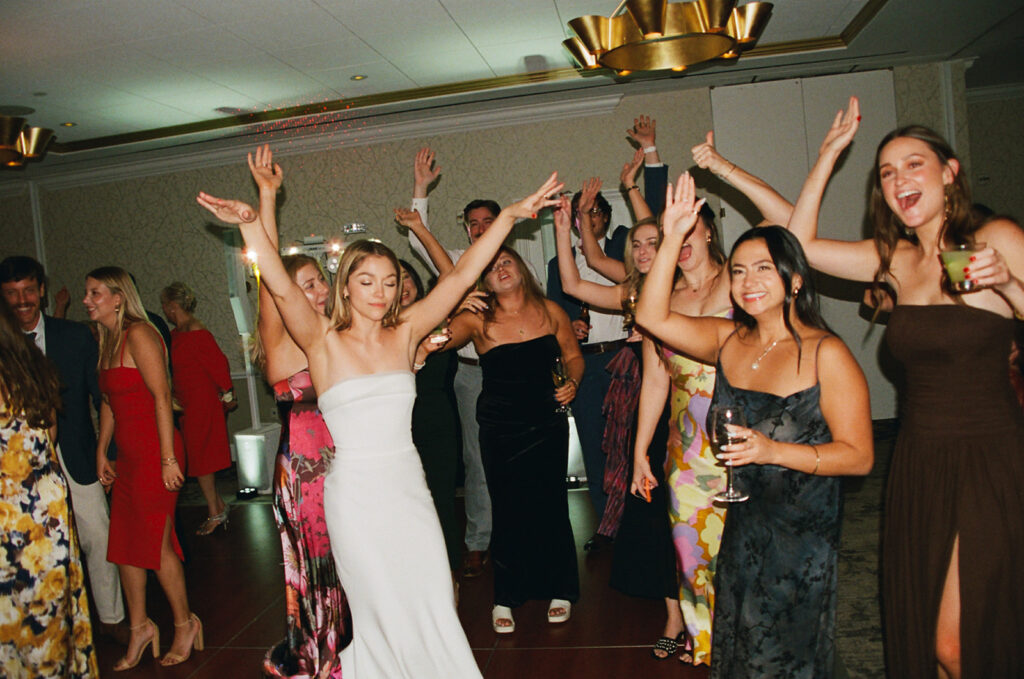
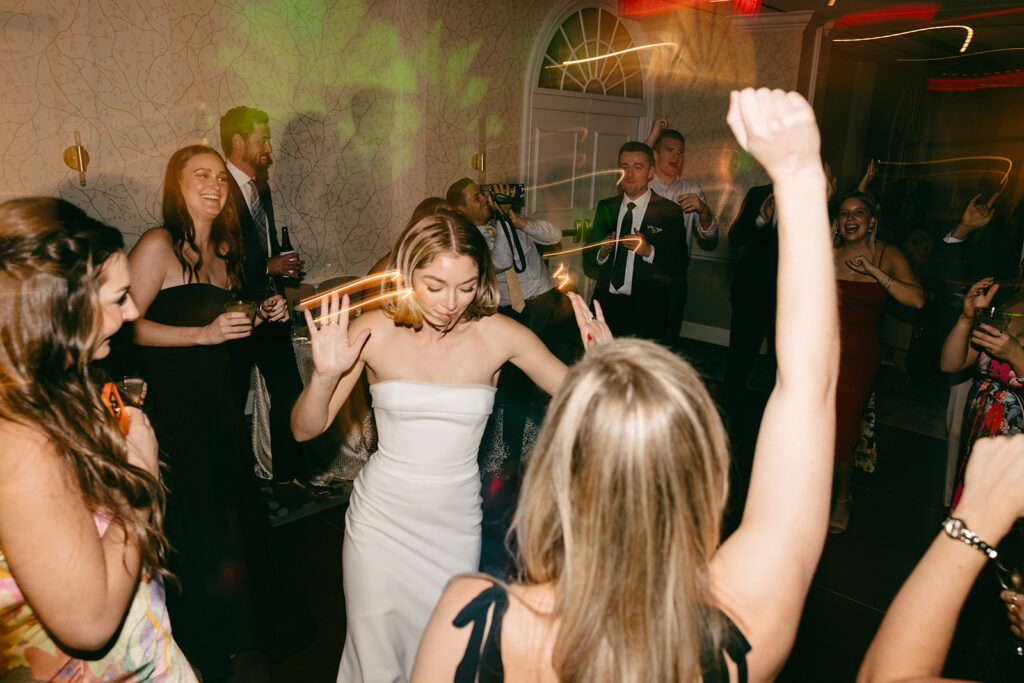
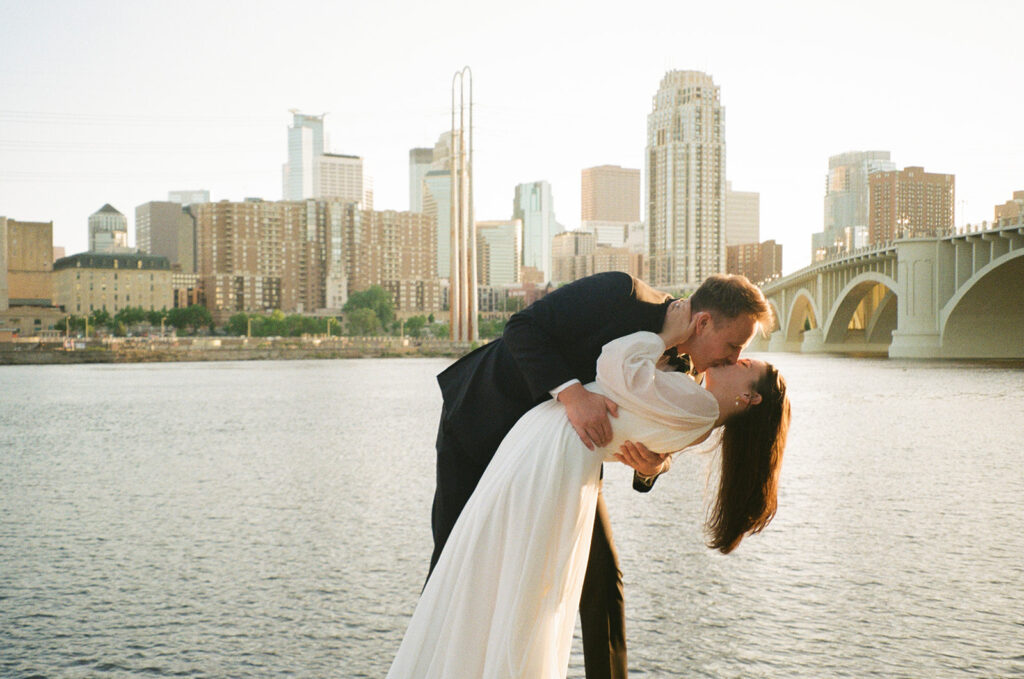
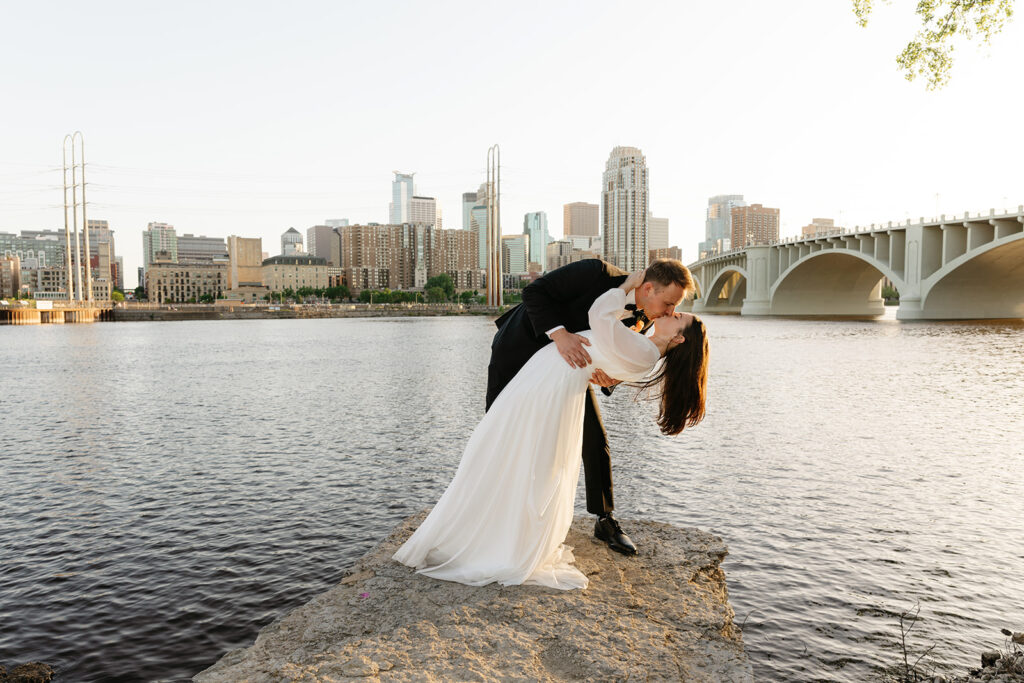
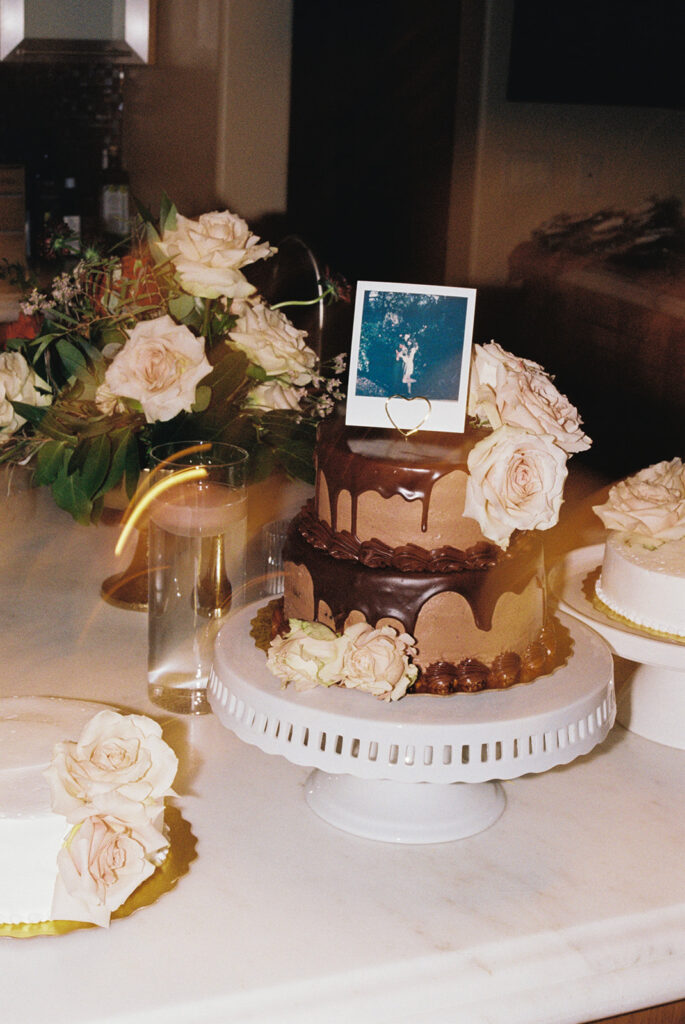
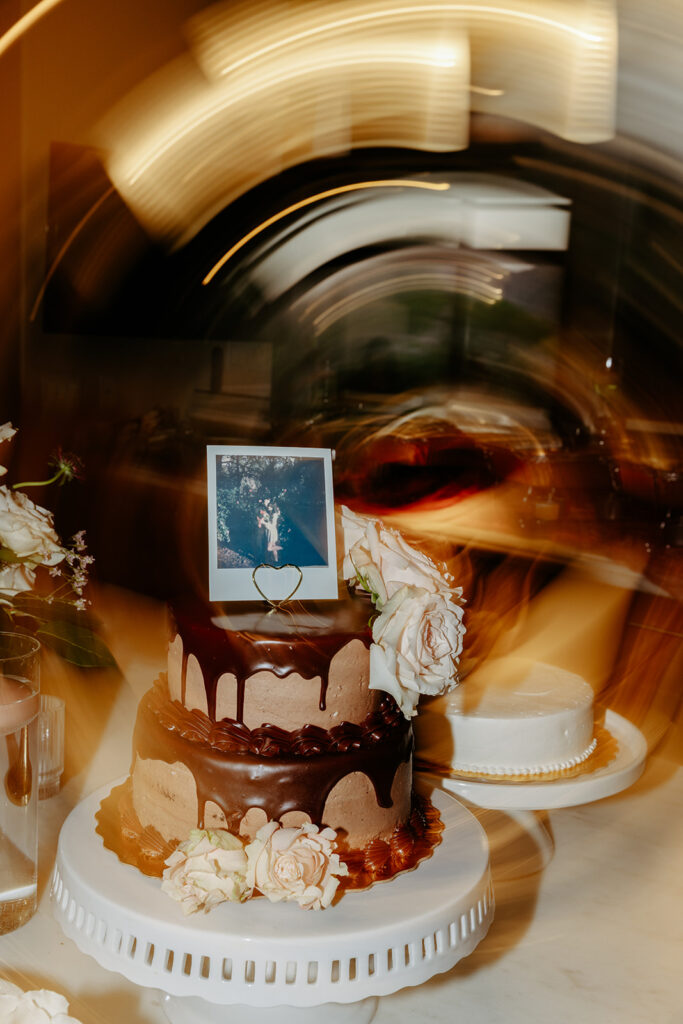
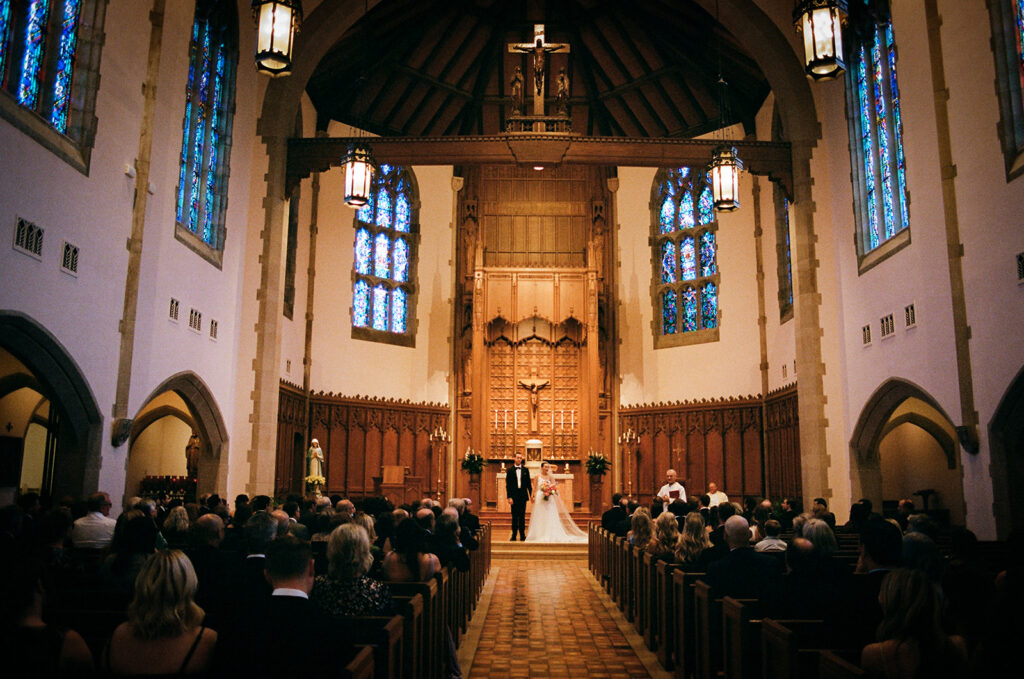
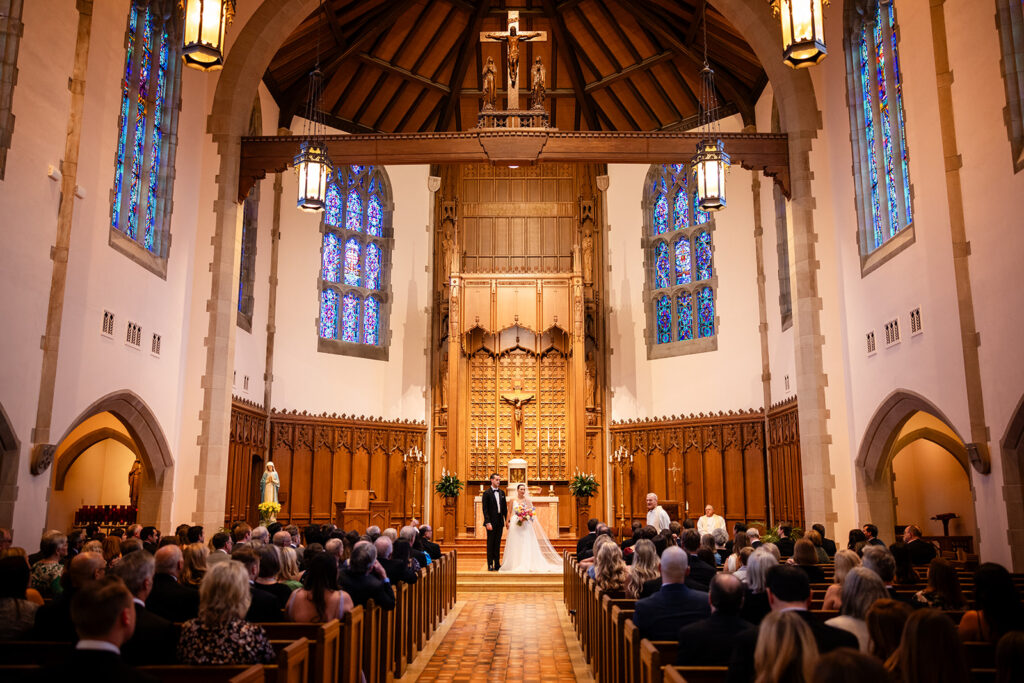
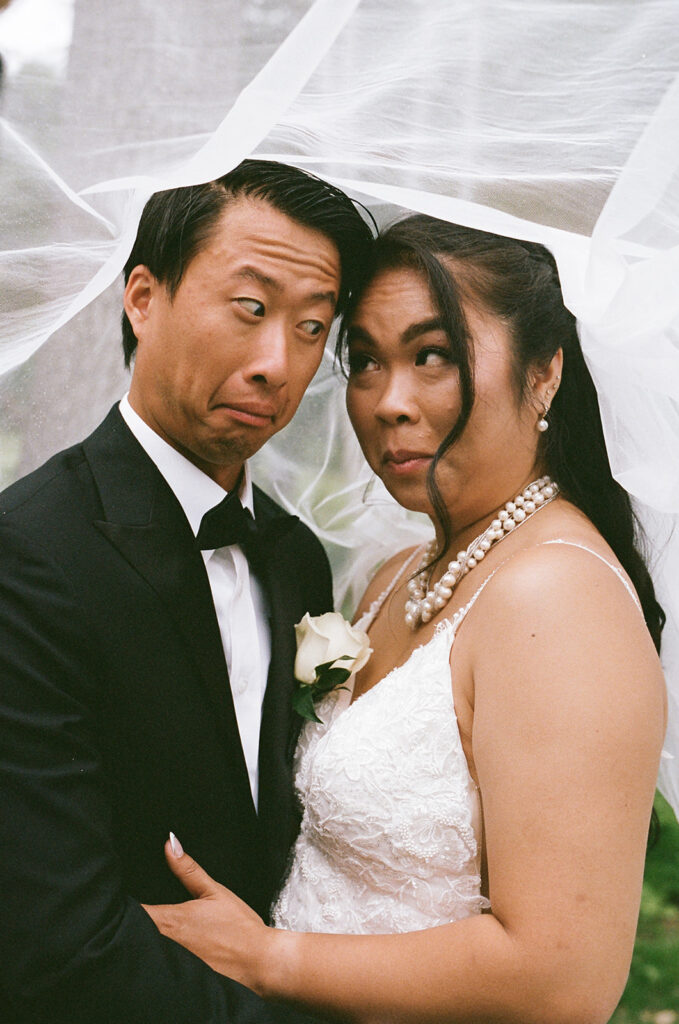
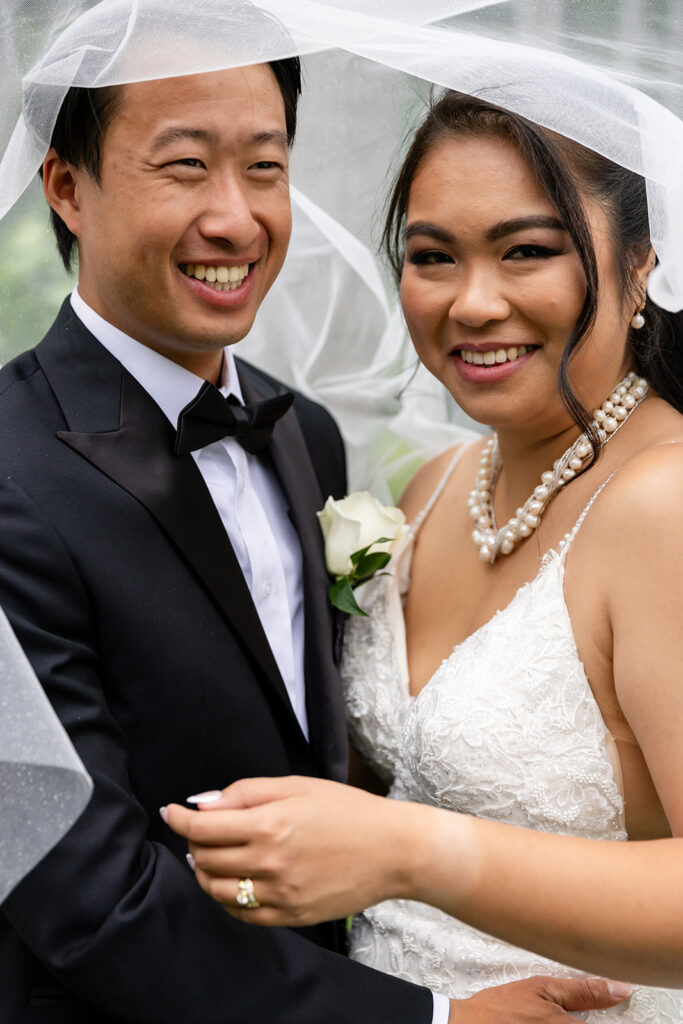
I know you can just feel their personality too >>
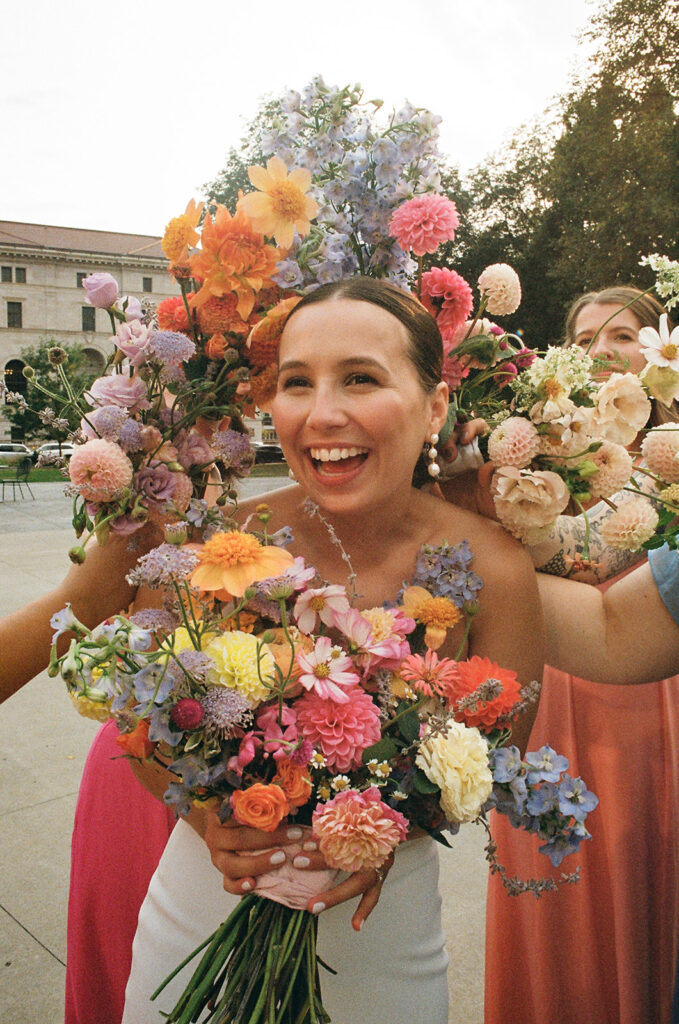
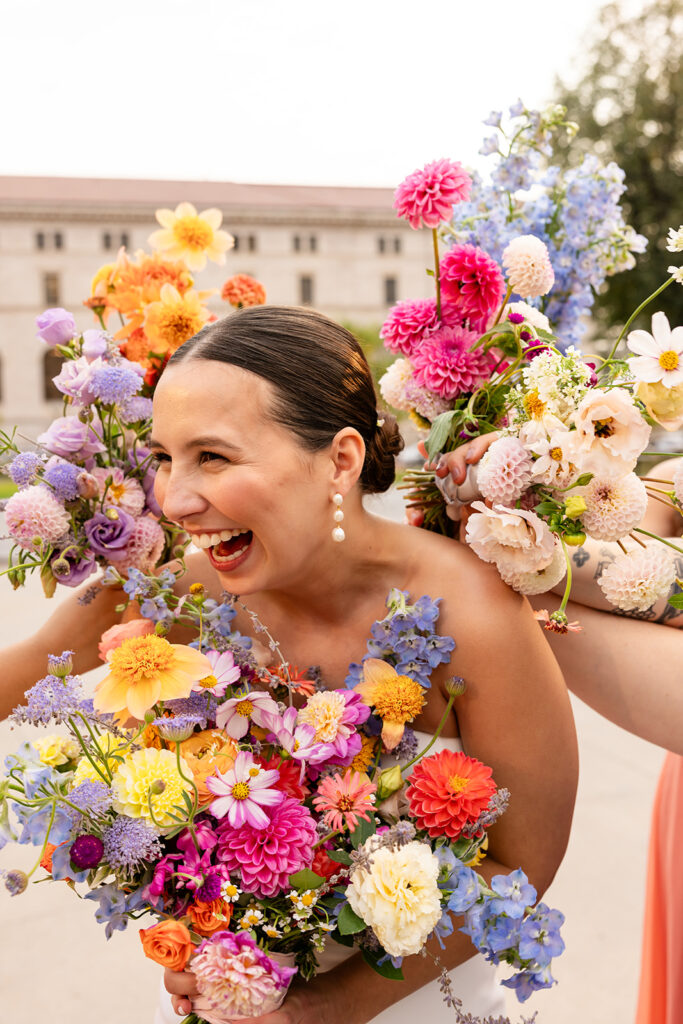
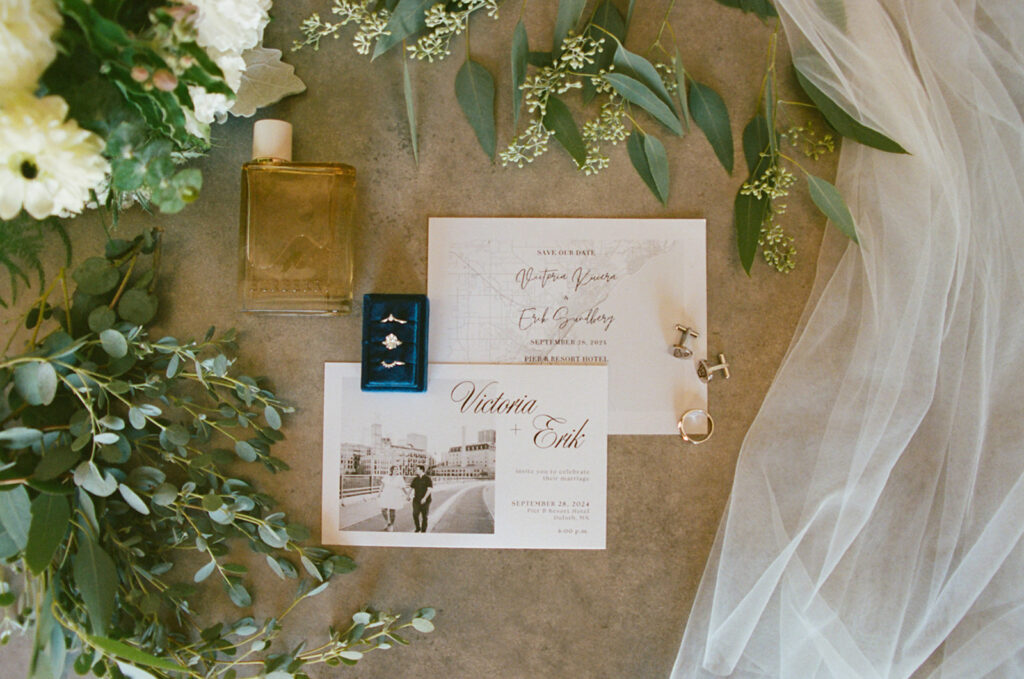
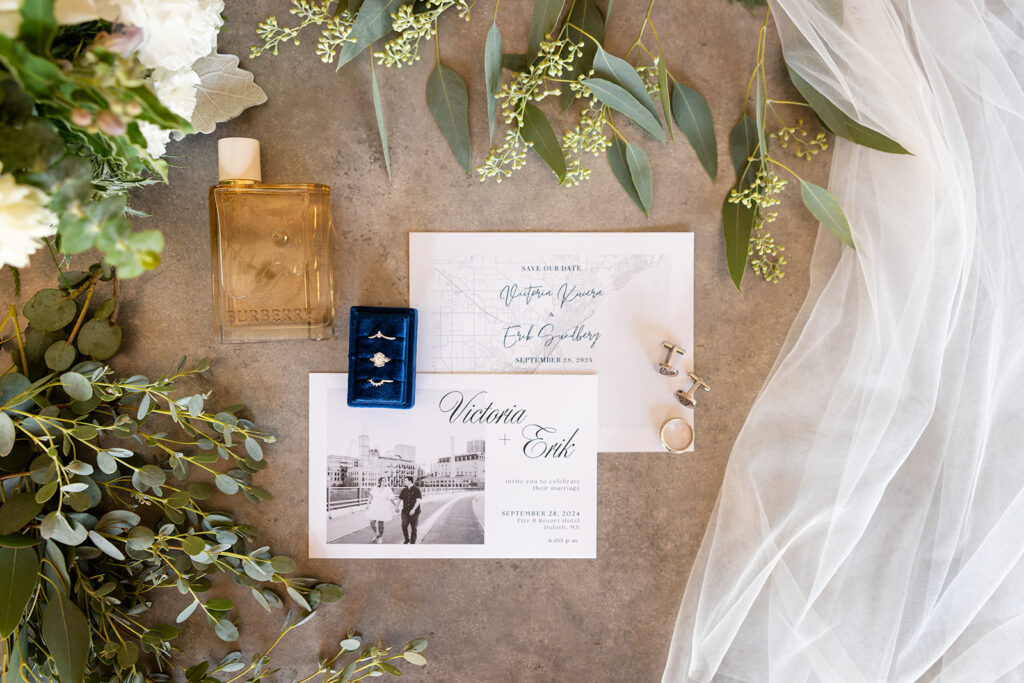
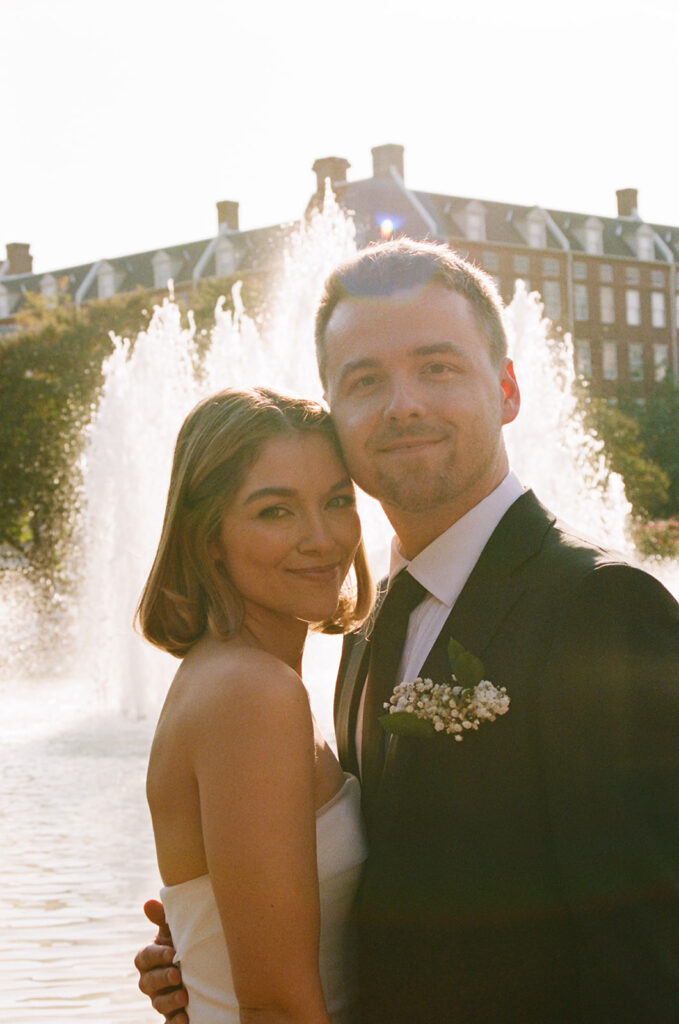
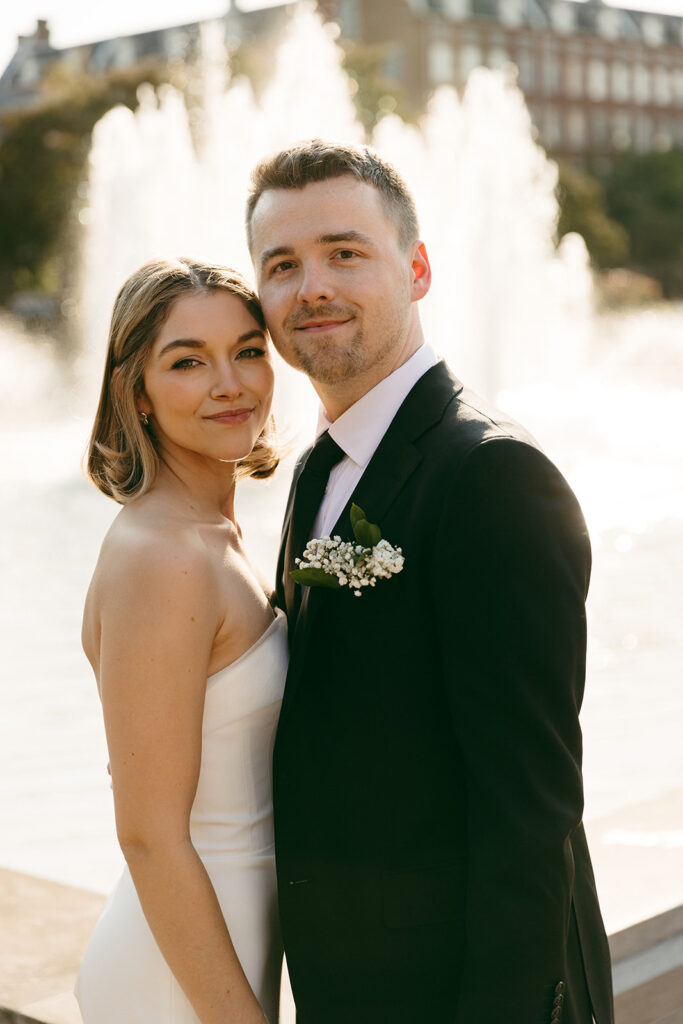
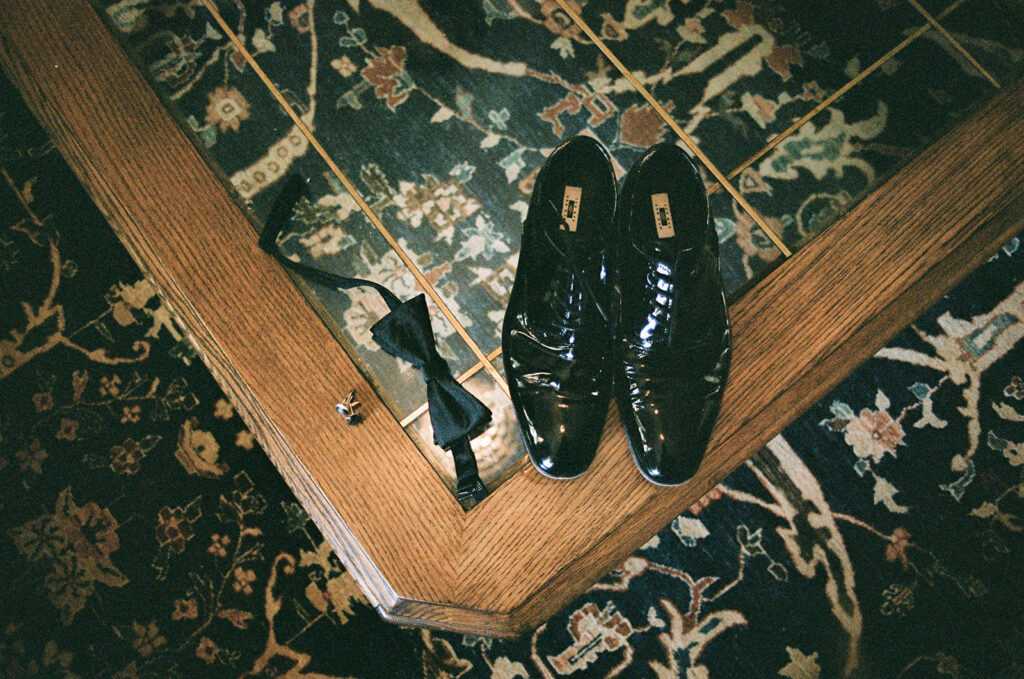
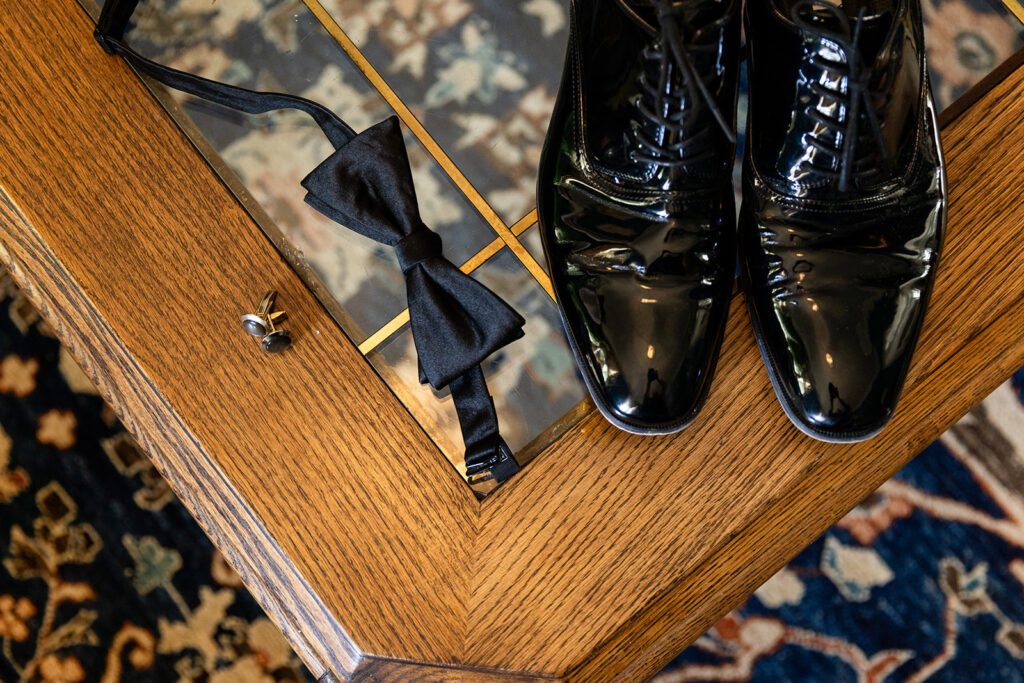
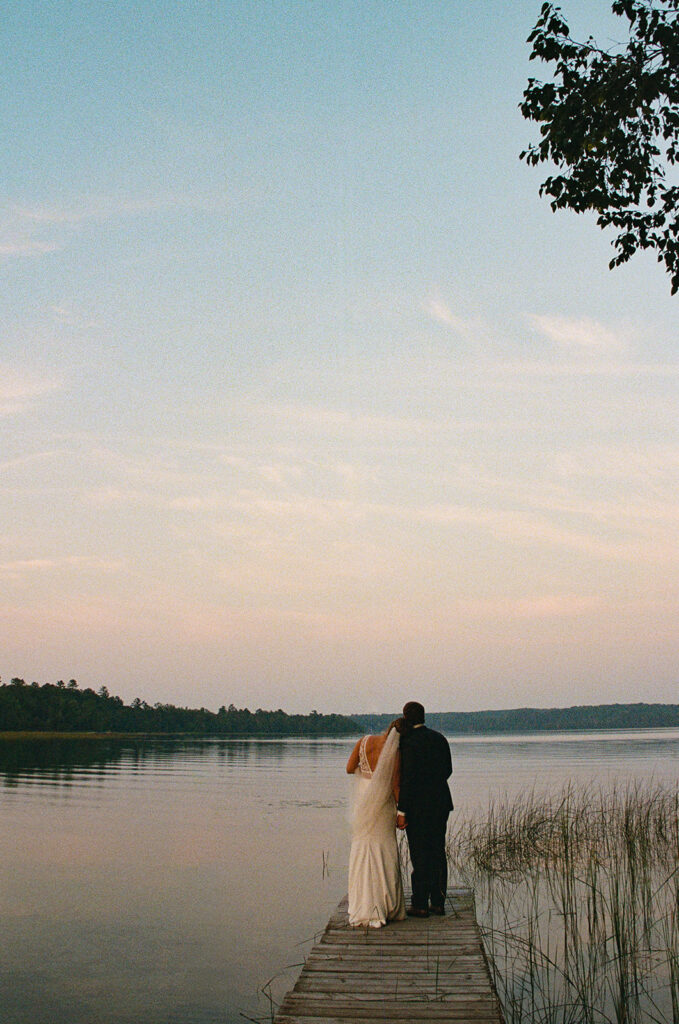
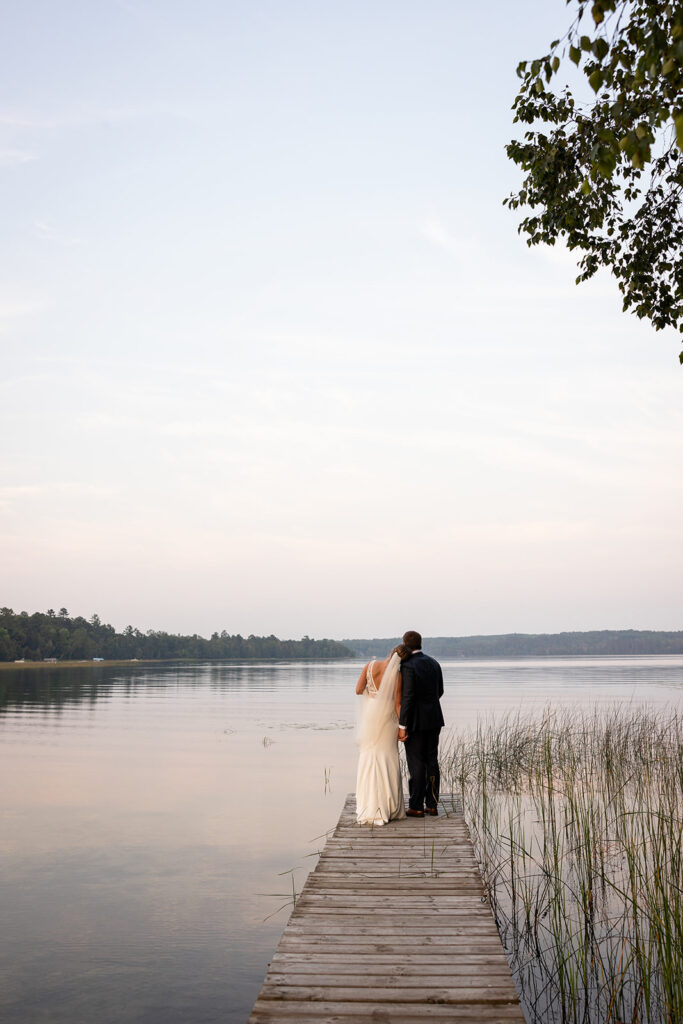
Do You Edit Your Film?
Film’s already doing most of the heavy lifting. It doesn’t need much help. That said, yeah, I always go in and add my own touch.
I also shoot everything on professional color film because it gives me the most to work with. Then I also deliver a black and white version of each image, and I take the time to make sure the B&W versions feel just as strong.
What Will a Low Light Reception Look Like on Film?
A low-light reception makes for a mix of ambiance and fun flash film vibes. So yeah…pretty awesome with me as your Minnesota-based film wedding photographer. Inquire and share your vision with me.










What Film Gear Are You Pulling Up With?
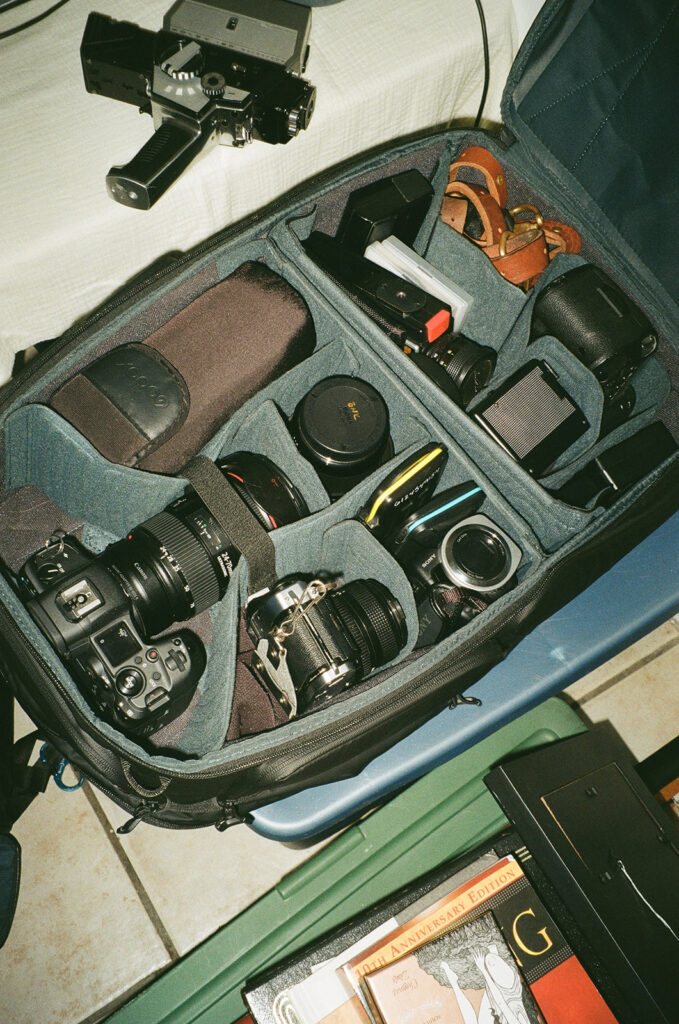
As a Minnesota film wedding photographer, I rotate through a few trusted 35mm film cameras. All the images in this post were taken on these cameras:
- Canon Eos 3
- Canon AE1
- Canon Rebel X
- Olympus Stylus Epic
- Pentax ZX-30
Depending on how much film coverage you’re excited about, I might be rolling in with more than just 35mm.
I actually shoot on Super 8 film and Hi8 Camcorders to create vintage-style wedding videos that feel like they came out of a family archive. If you’re into instant keepsakes, I also offer Polaroid wedding photography—real, instant film prints that develop on your wedding day.



Frequently Asked Questions
These cameras might be old, but they were built to last. I know how each one sounds, feels, and reacts, and I only bring gear I fully trust to perform. I regularly service and test all my film cameras—they’re cleaned, tuned, and cared for like the workhorses they are.
What if something goes wrong with the film? Could our film get lost?
Totally fair question—I’ve heard the horror stories too. But I take a lot of care to avoid risk. I label and safely store every roll throughout the day, and I work with a trusted, local lab here in Minnesota that I’ve built a strong relationship with. I also carry backup gear (and backups for the backups). And I shoot digital alongside film, so no moment ever goes completely uncaptured. Your memories are treated with as much care as you put into planning them.
It’s optional but you totally can. Just like the old days, you can purchase your 35mm negatives after your wedding on an individual basis.
All film is carefully stored in archival-grade sleeves and kept out of direct sunlight in proper conditions. Whether you choose to purchase your negatives or not, they’re always handled with care and kept safe long after the wedding day.
Want to make sure your own files are protected too? I’ve got you—check out this guide on the best ways to back up your wedding photos and videos.
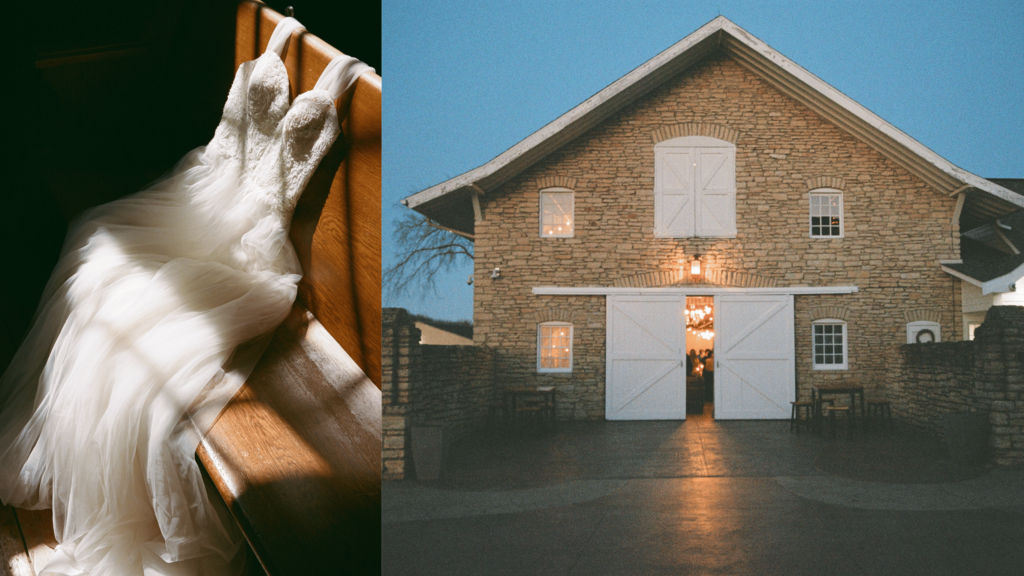
What Does a Film Wedding Photography Investment with Bri Include?
Howdy, I’m Brianna Kirk (but you can call me Bri). Based in Minneapolis, Minnesota, I document weddings with a documentary heart and an editorial eye. My goal isn’t to stage your whole day or chase picture-perfect moments. I’m there to witness what’s real, capture it honestly, and deliver images that will still be as good in 30 years as they are right now.
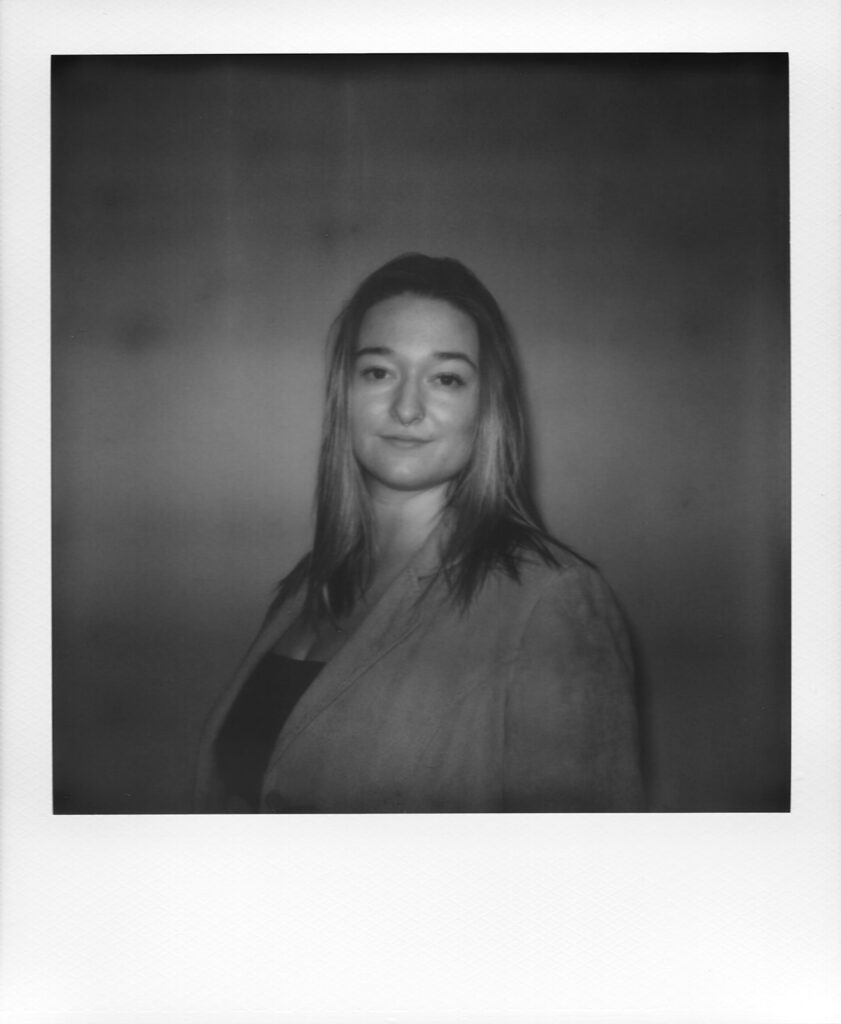
What an investment with me includes:
- Hybrid Film and Digital Photography Coverage
- High Quality Camera Gear with Backups
- Documentary and Artistic Style
- Timeline Planning and Virtual Meetings
- Sneak Peeks
- Every Image Delivered in Color + Black & White
- Professionally Edited Online Gallery (with full-resolution downloads + sharing rights)
- Print + Album Options (no minimums or restrictions—print wherever you’d like)
- Personal Connection and Comfort Behind the Camera
- Option to Own Your Film Negatives
- Film Handling Expertise + Smart Backup Systems
Learn more about the wedding experience and what it’s like to work together.
